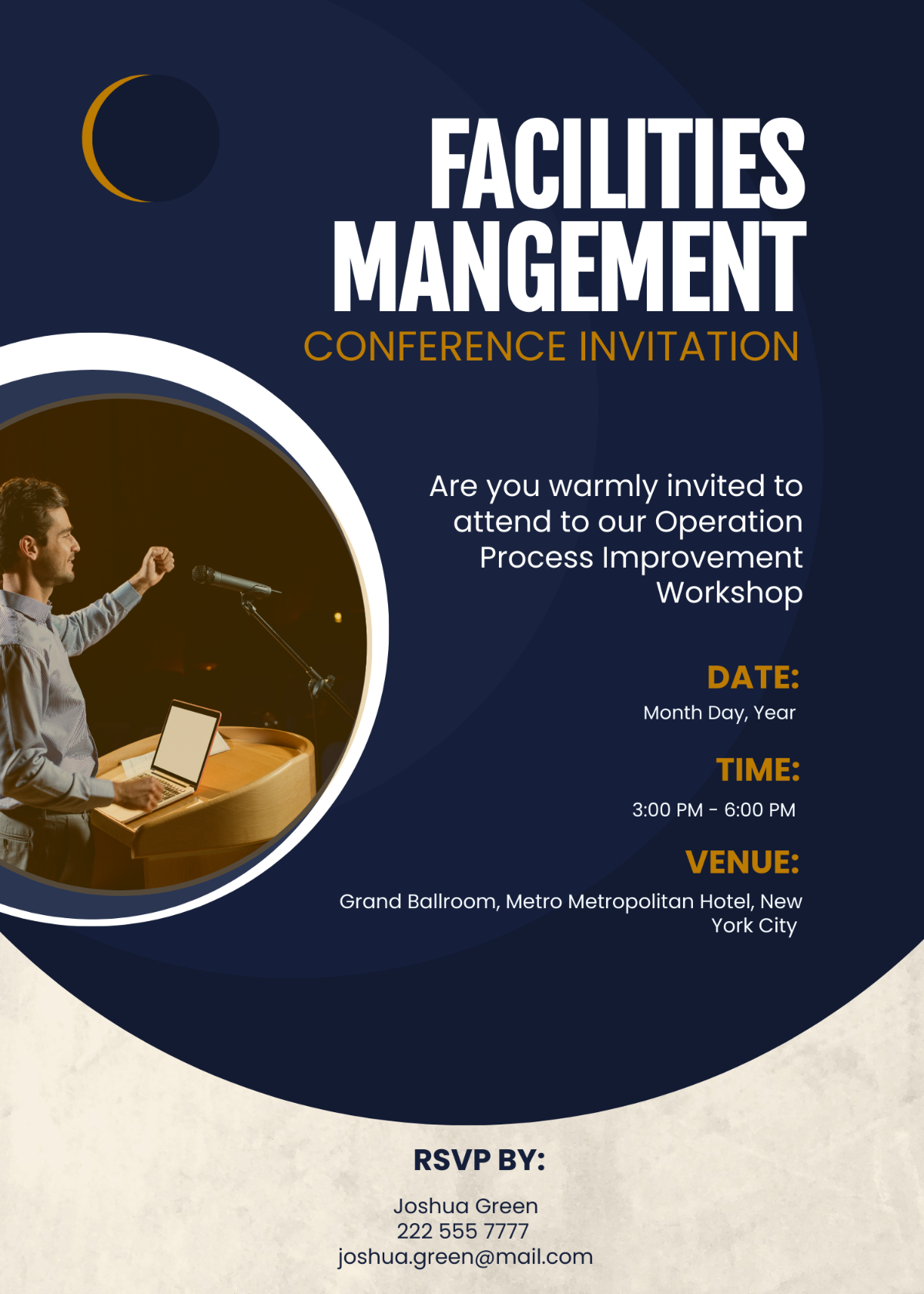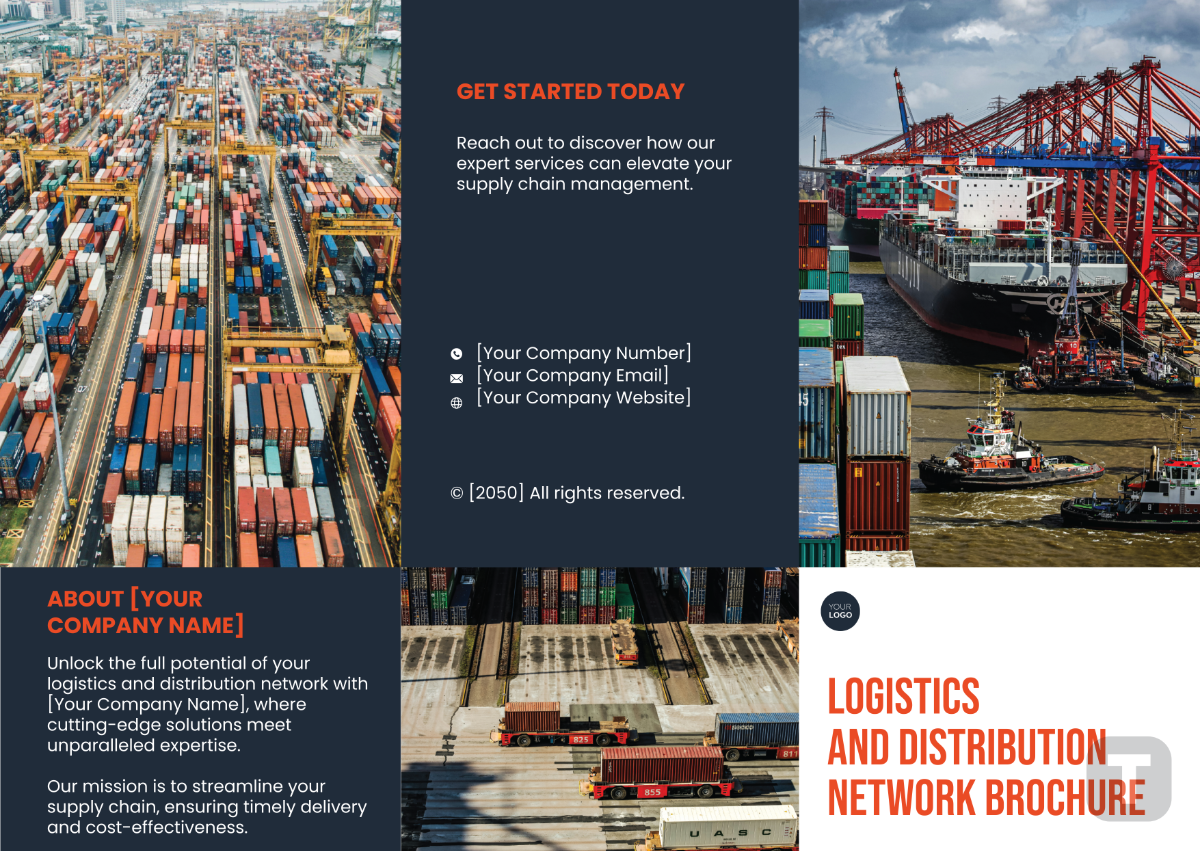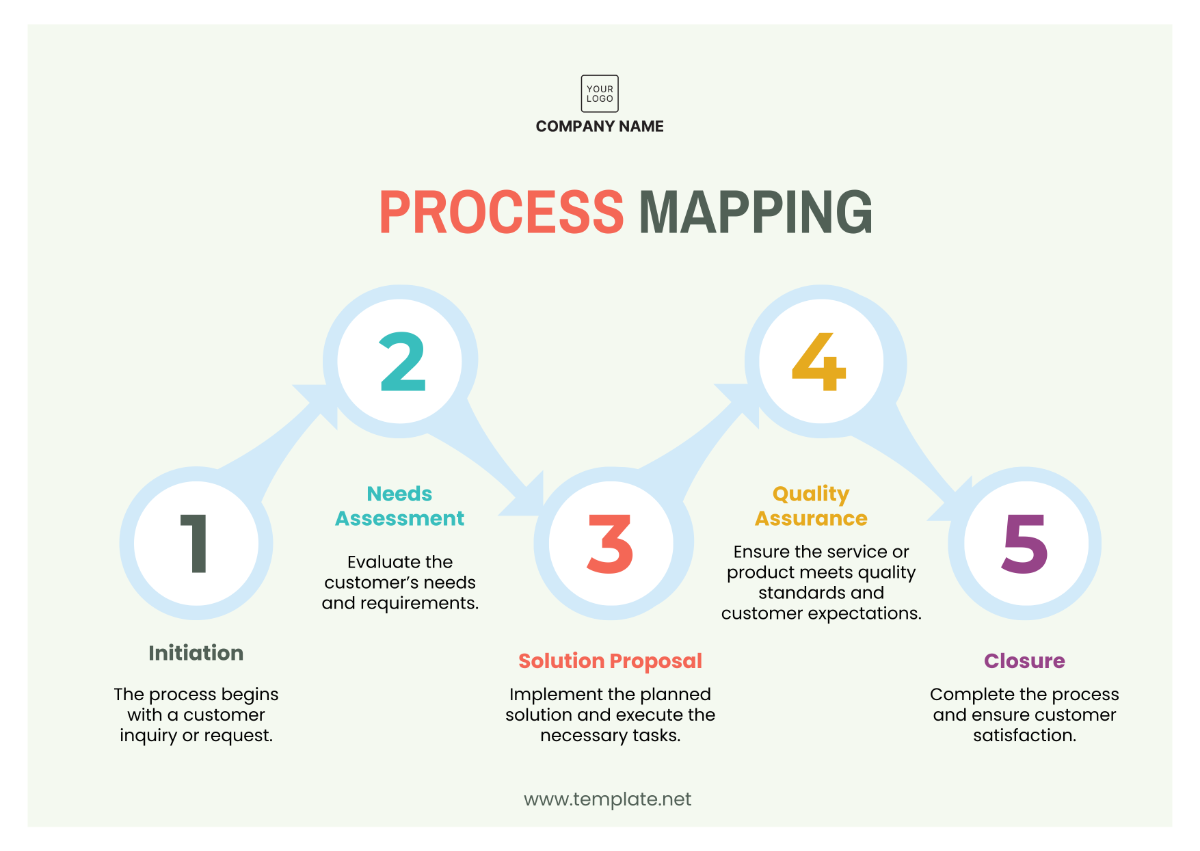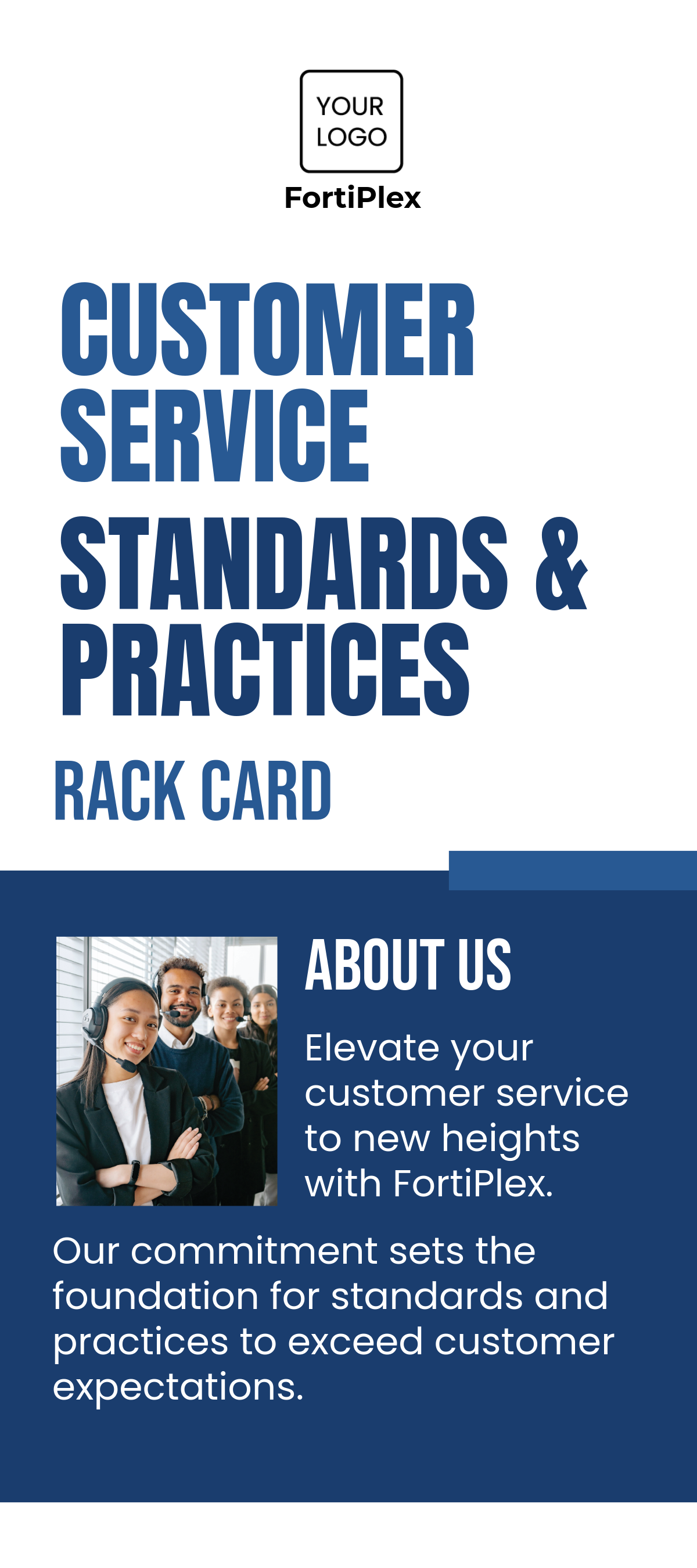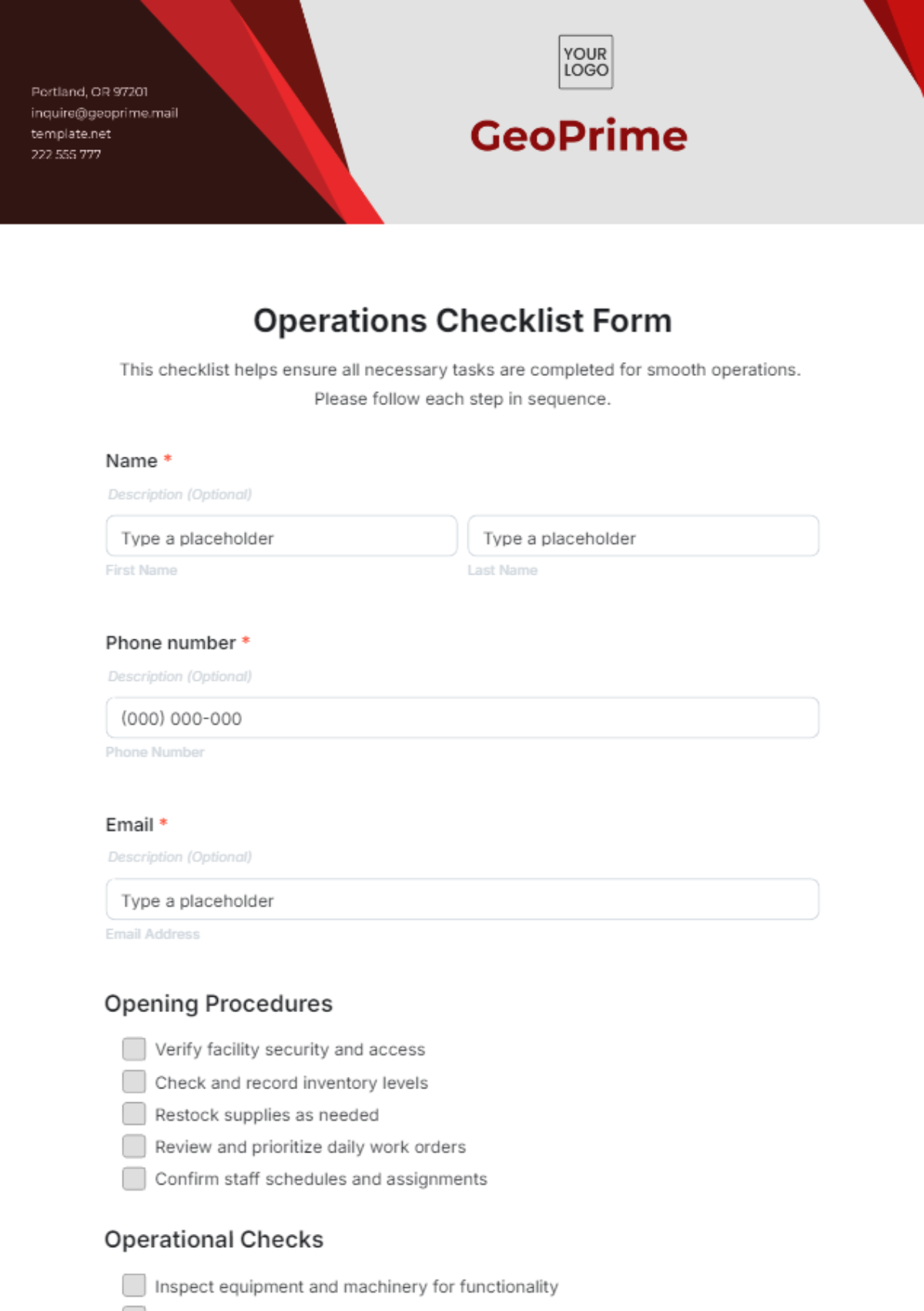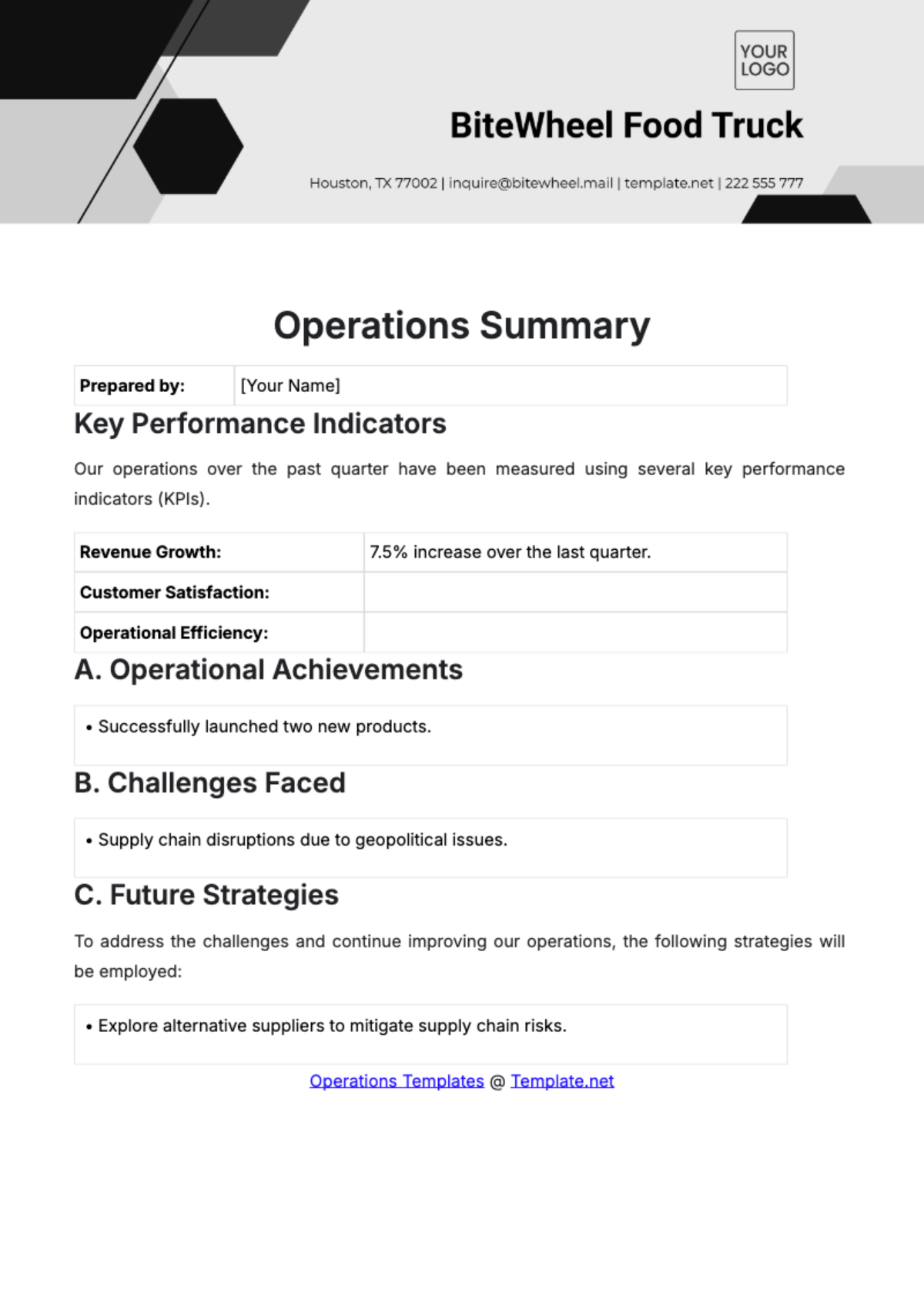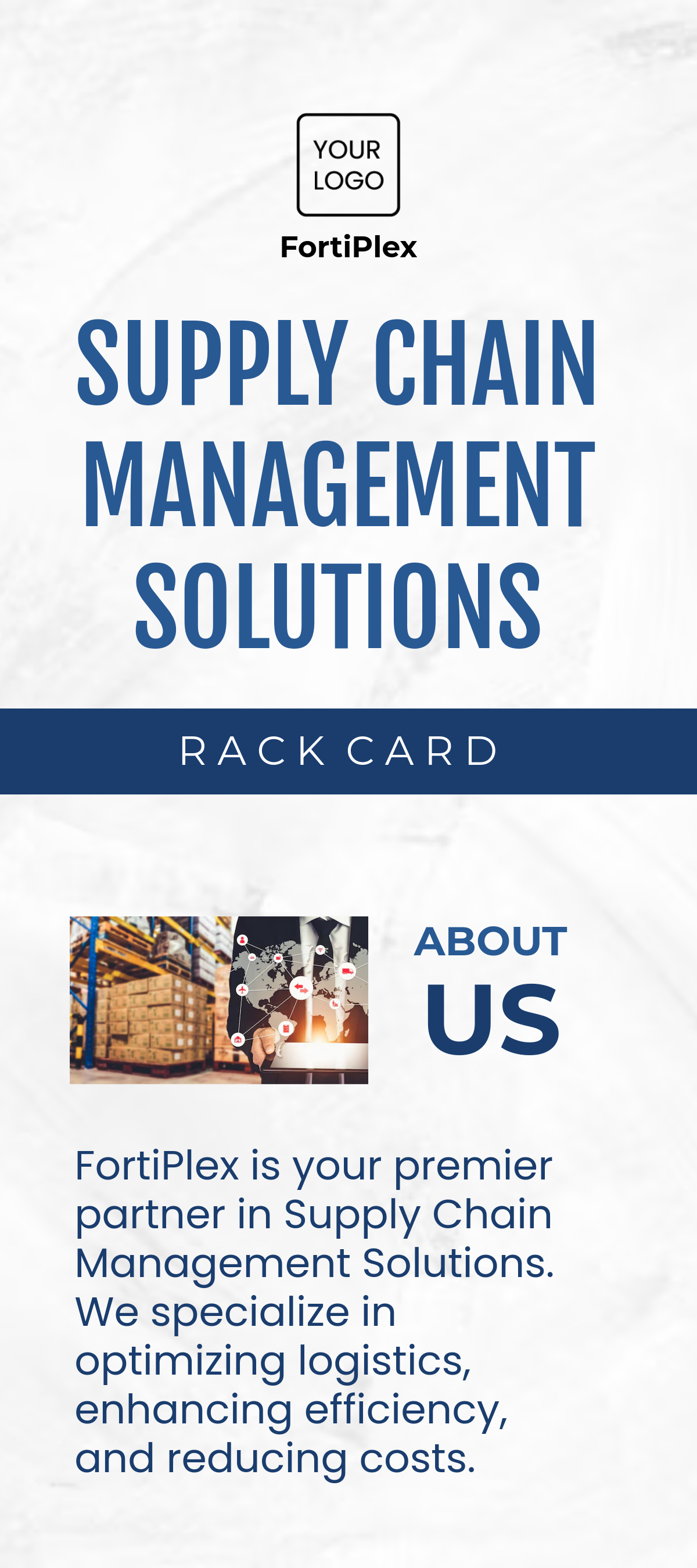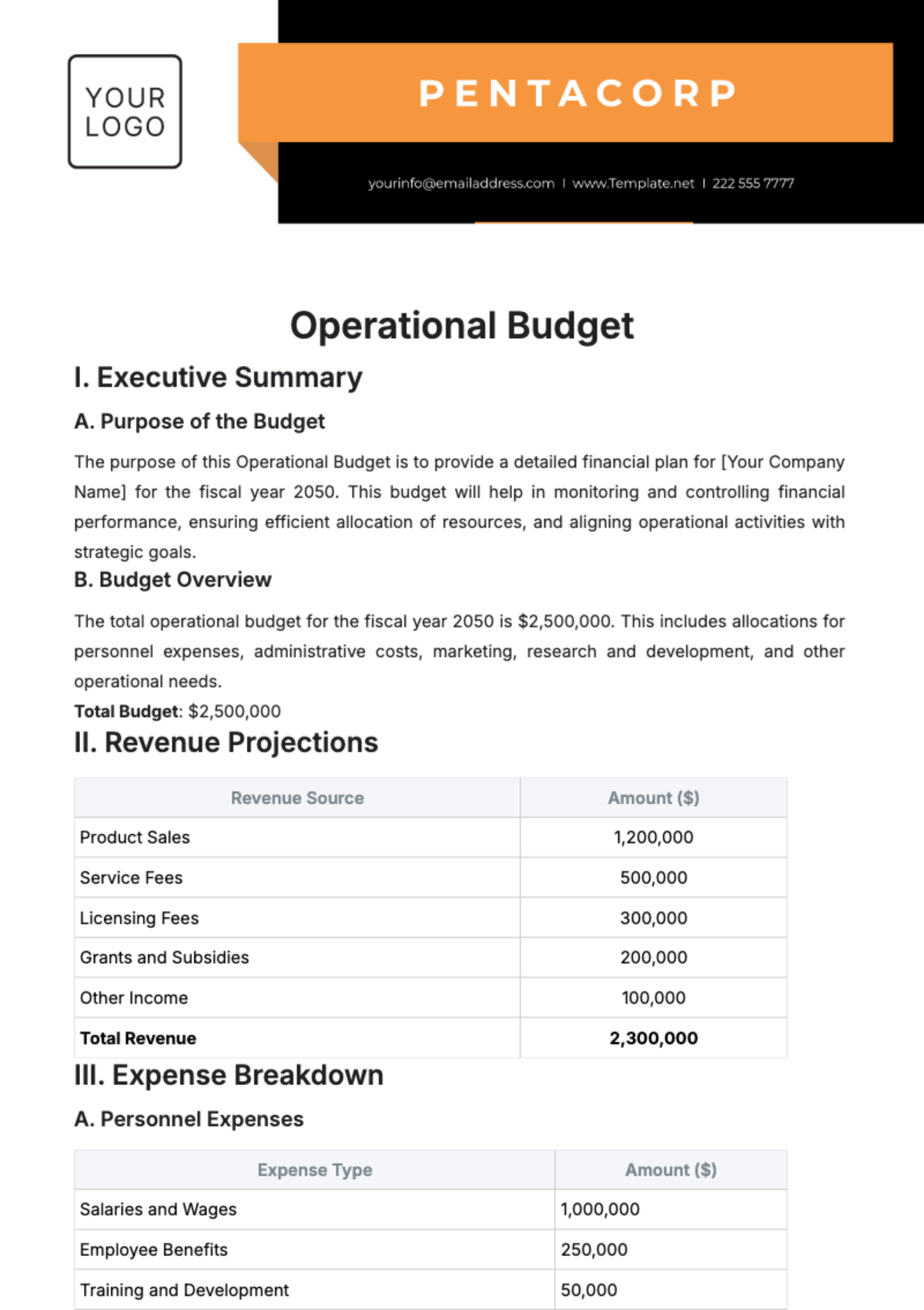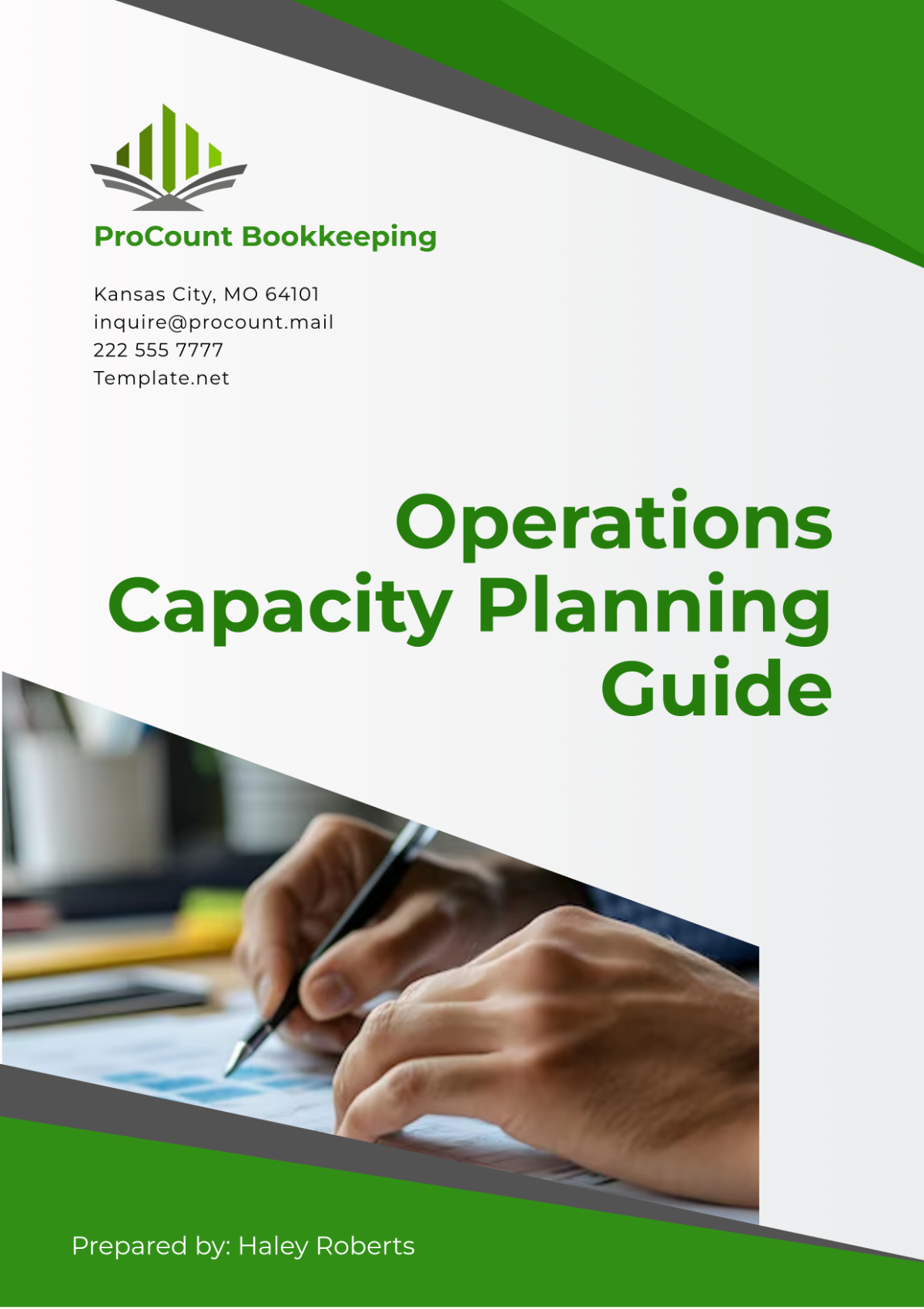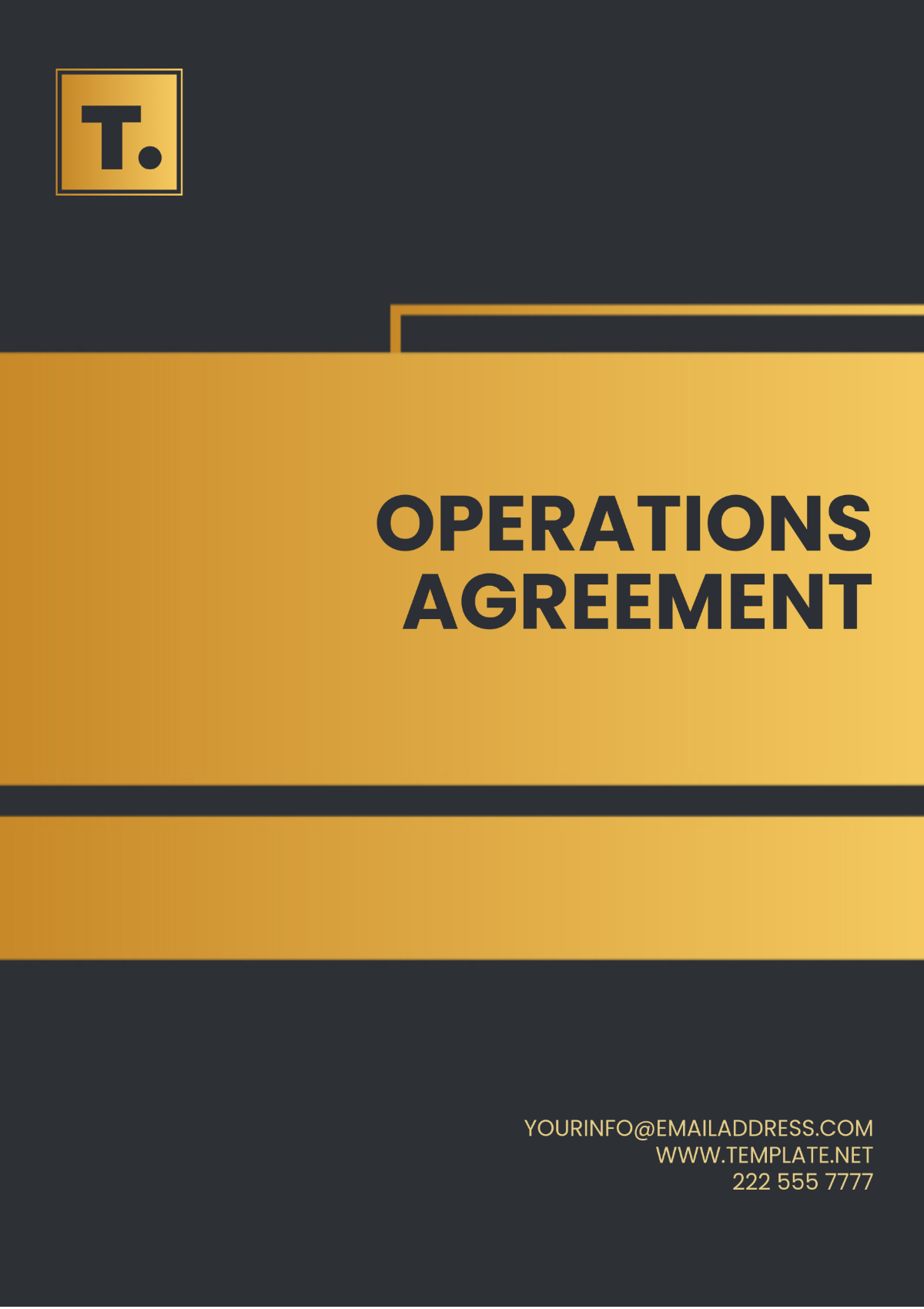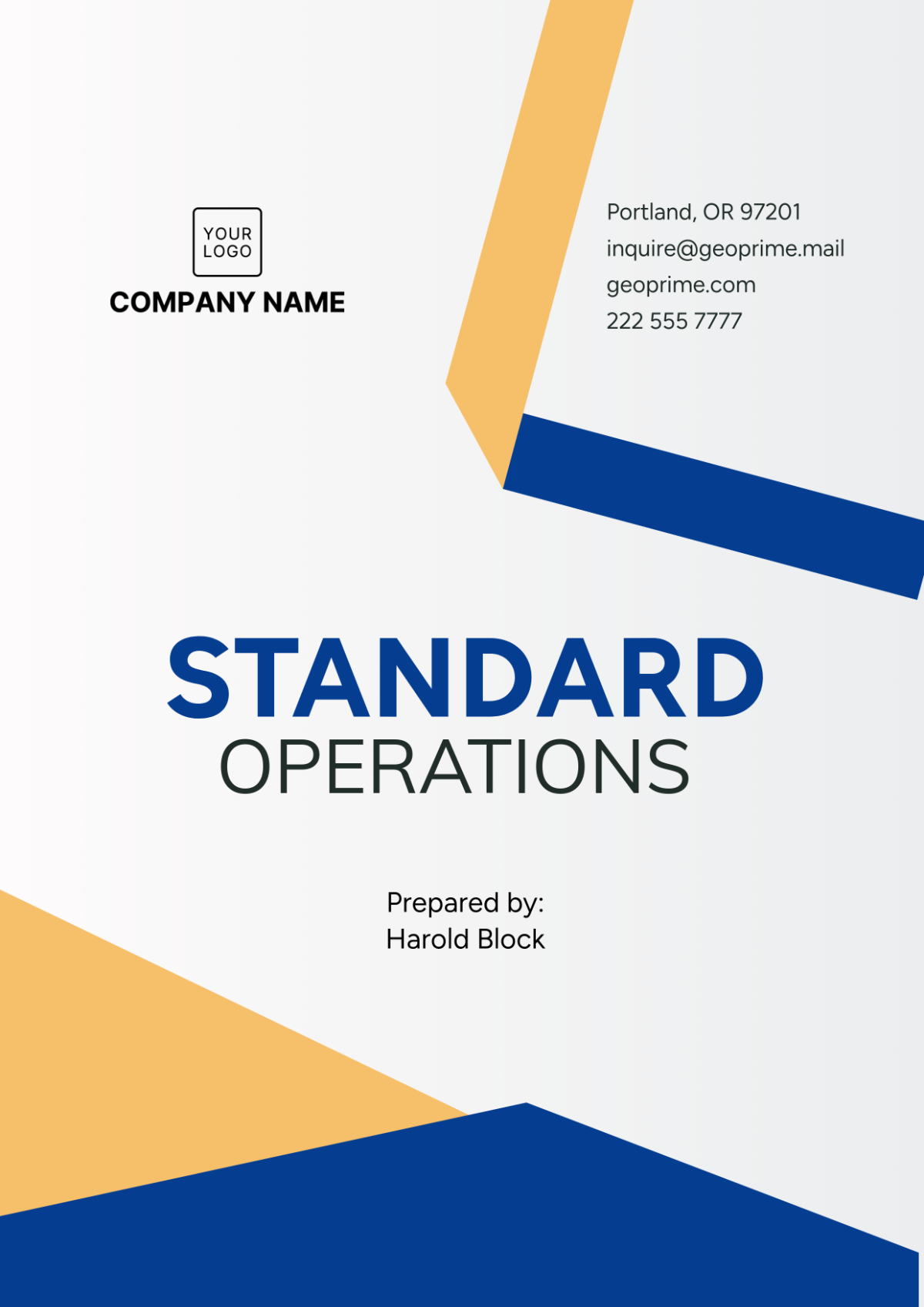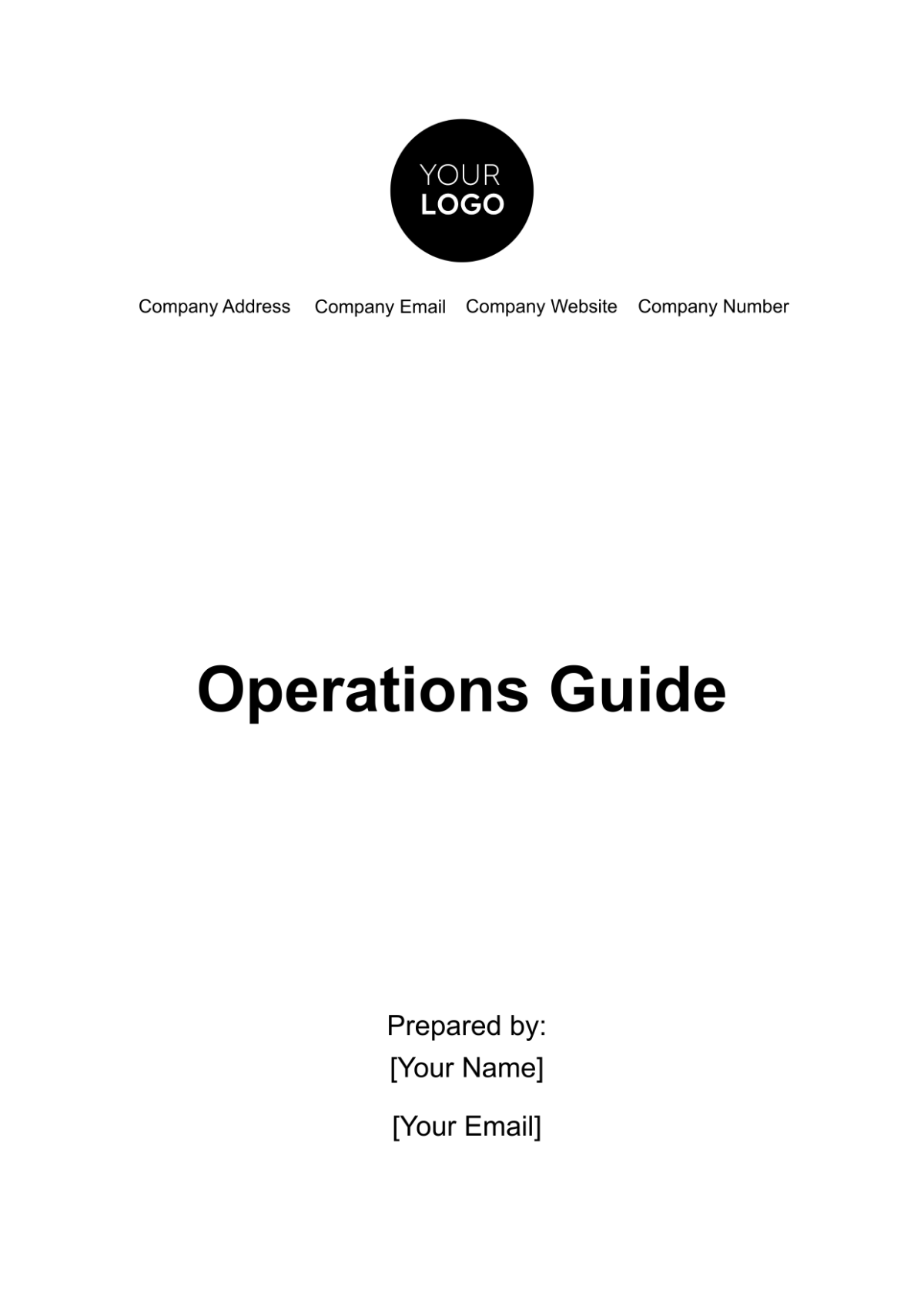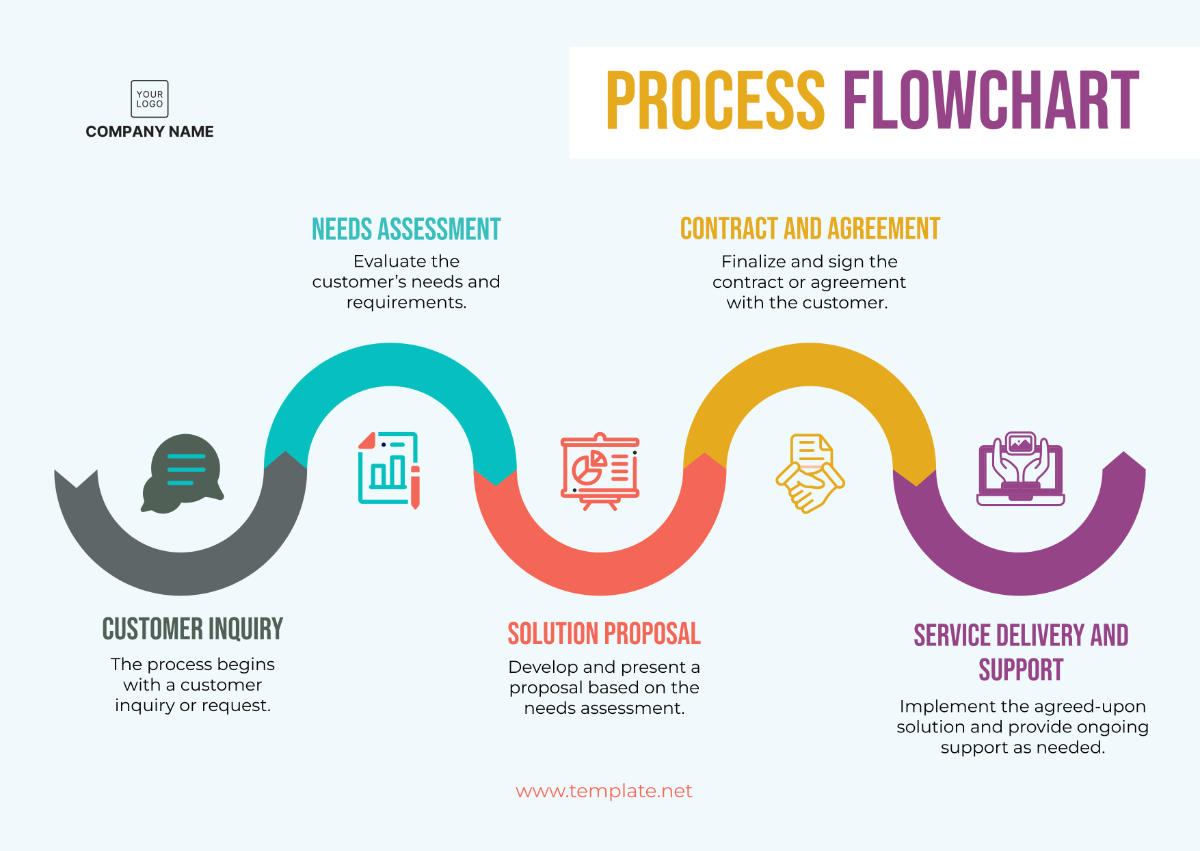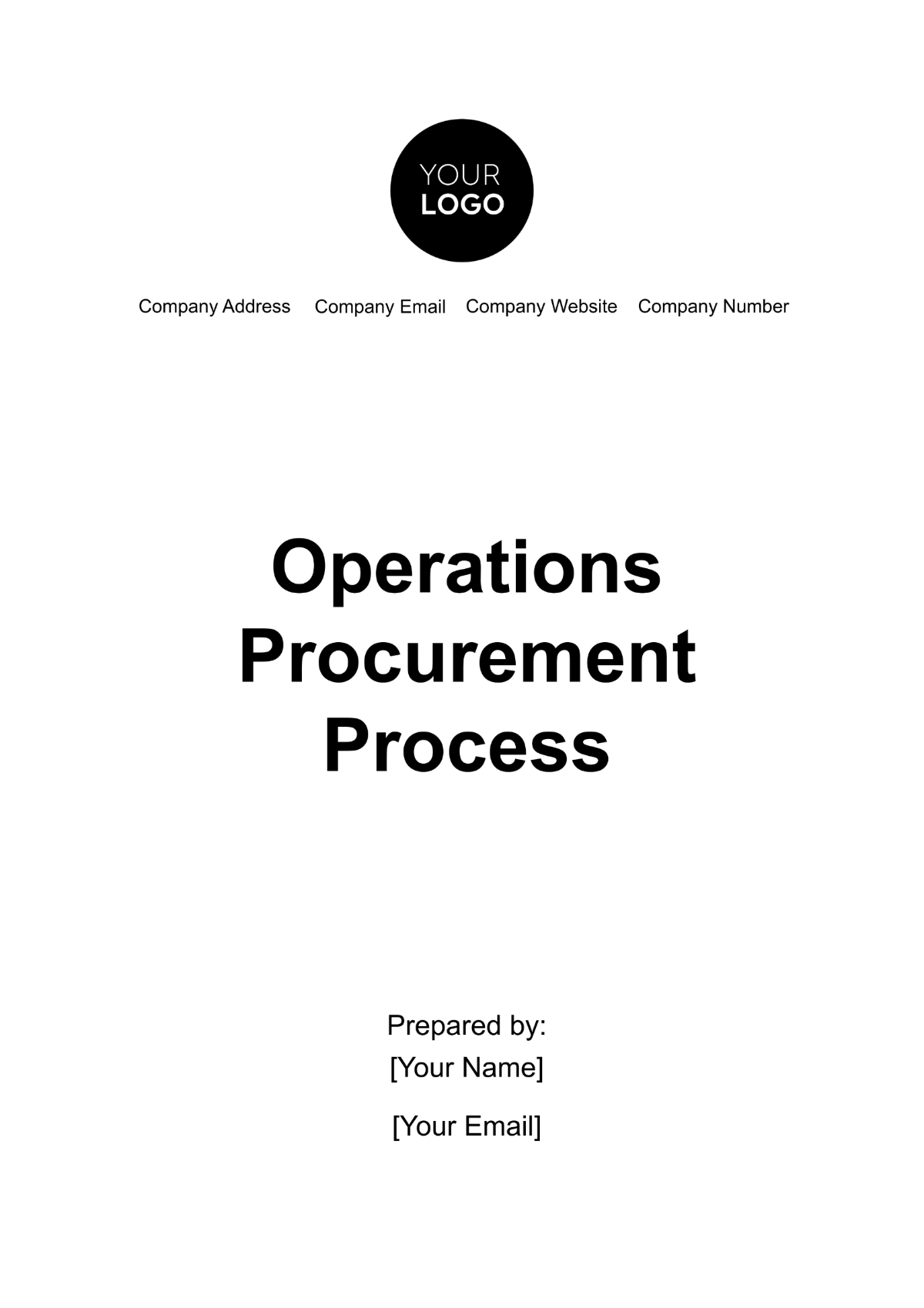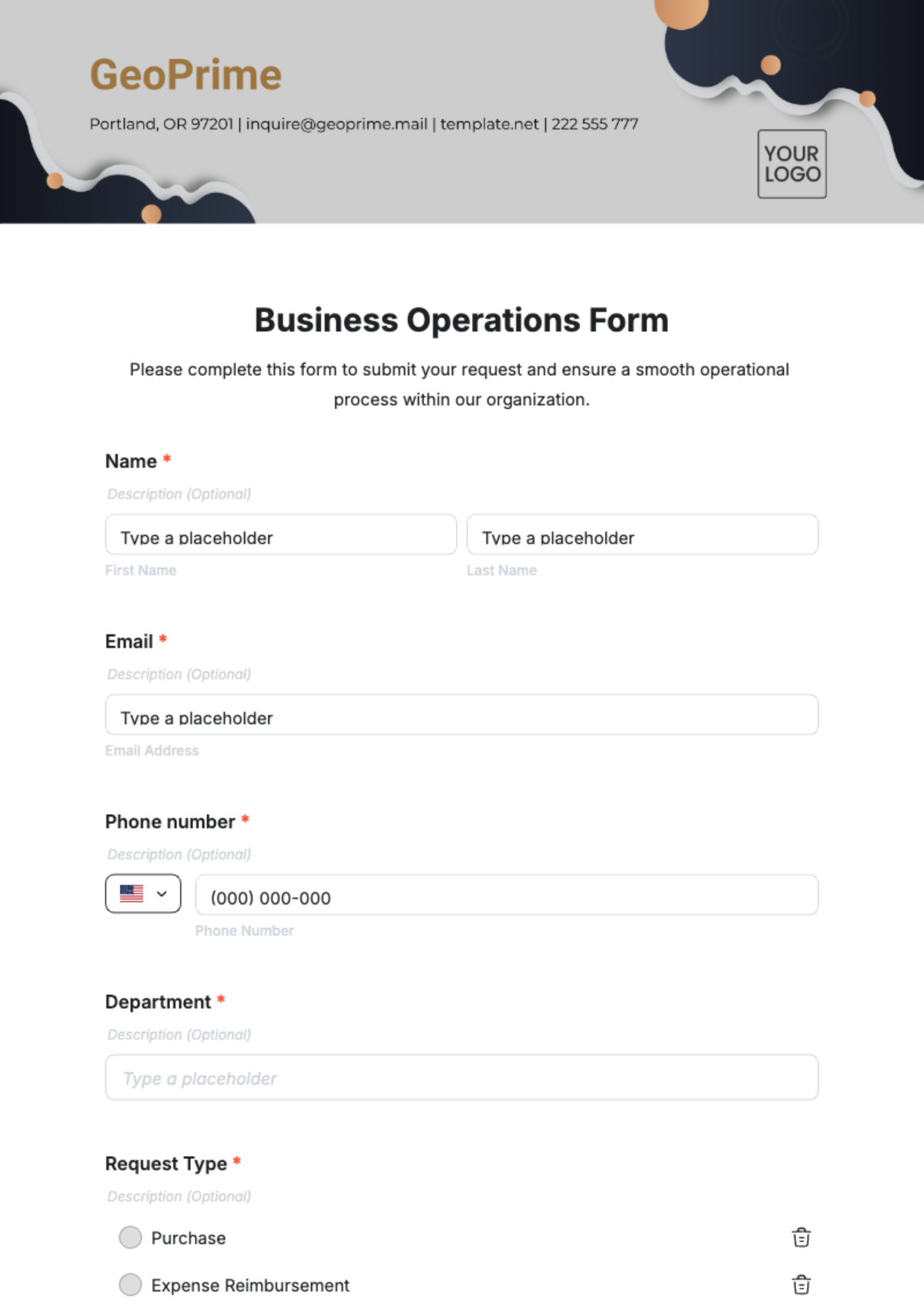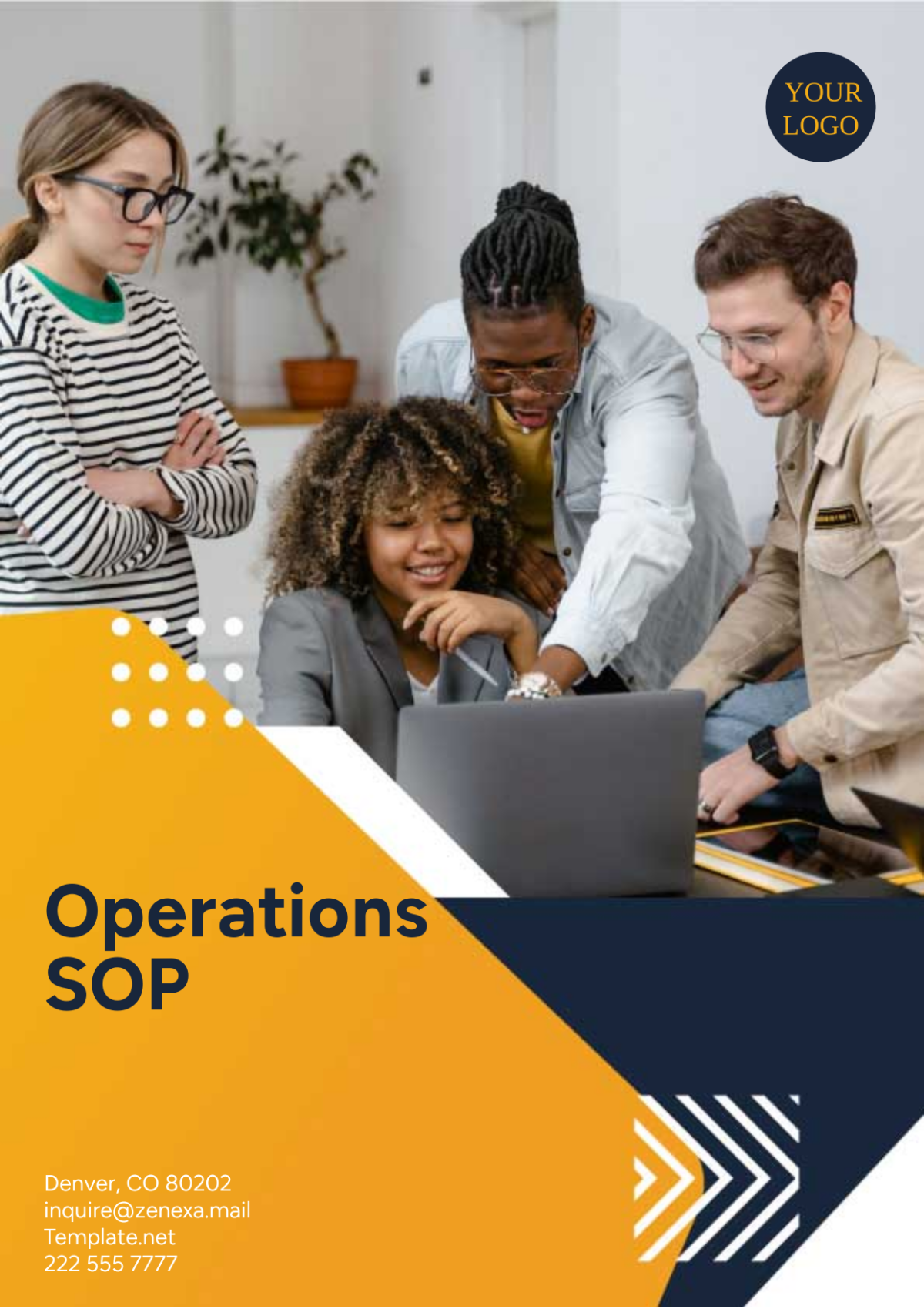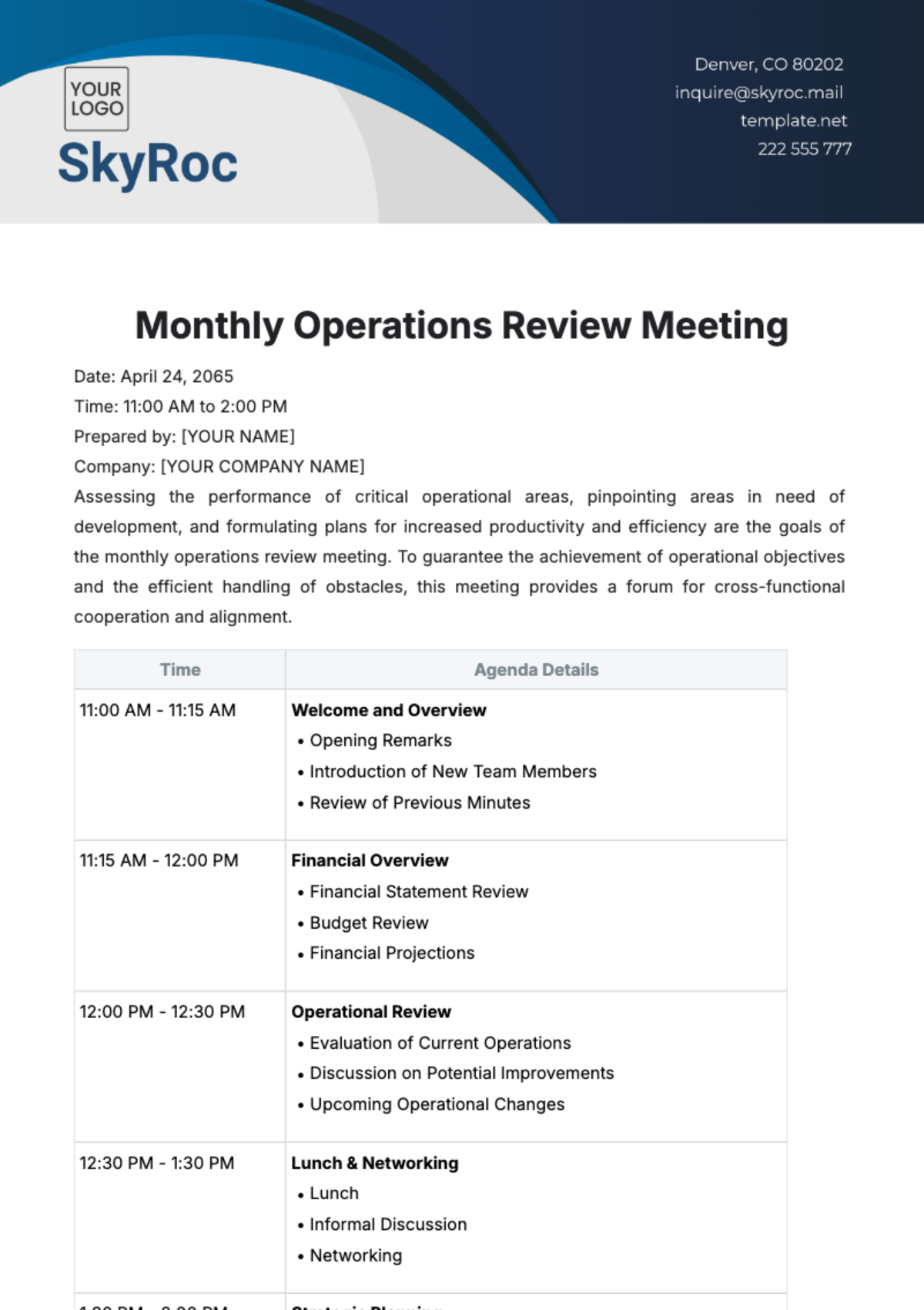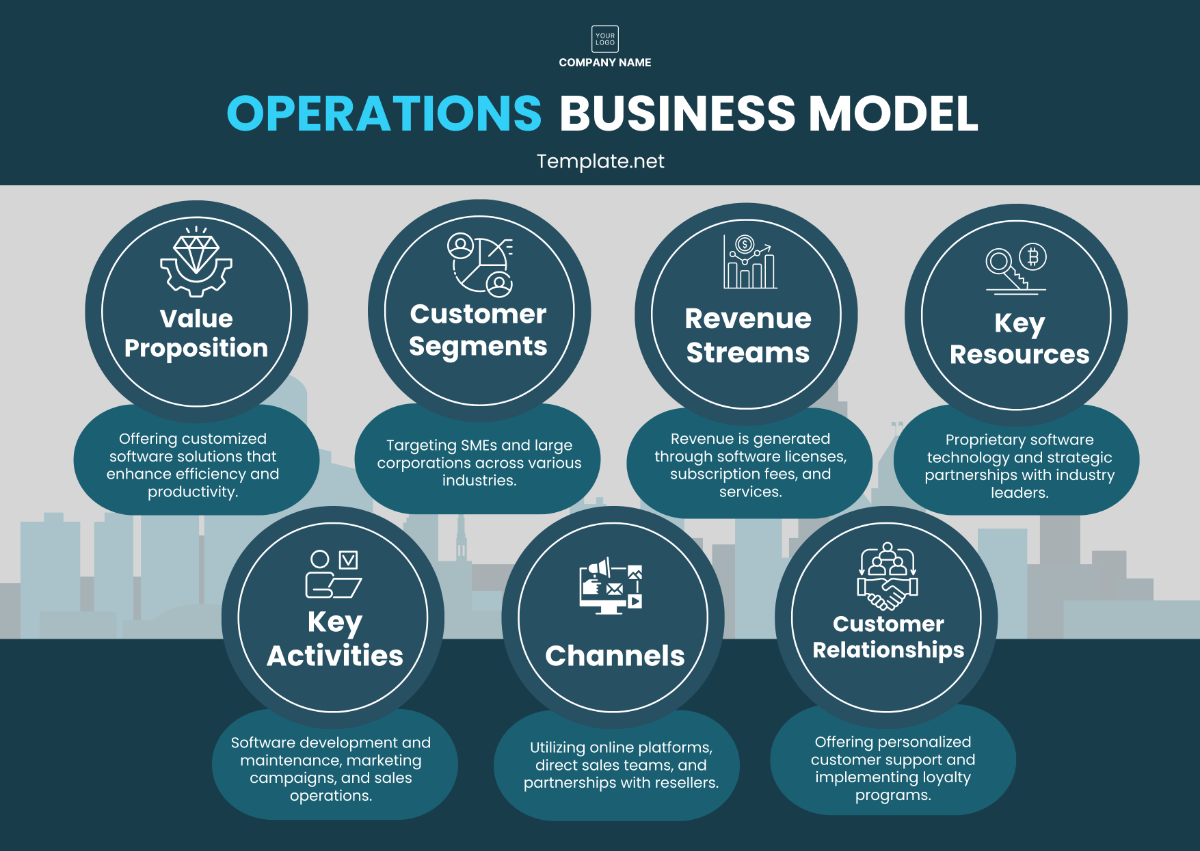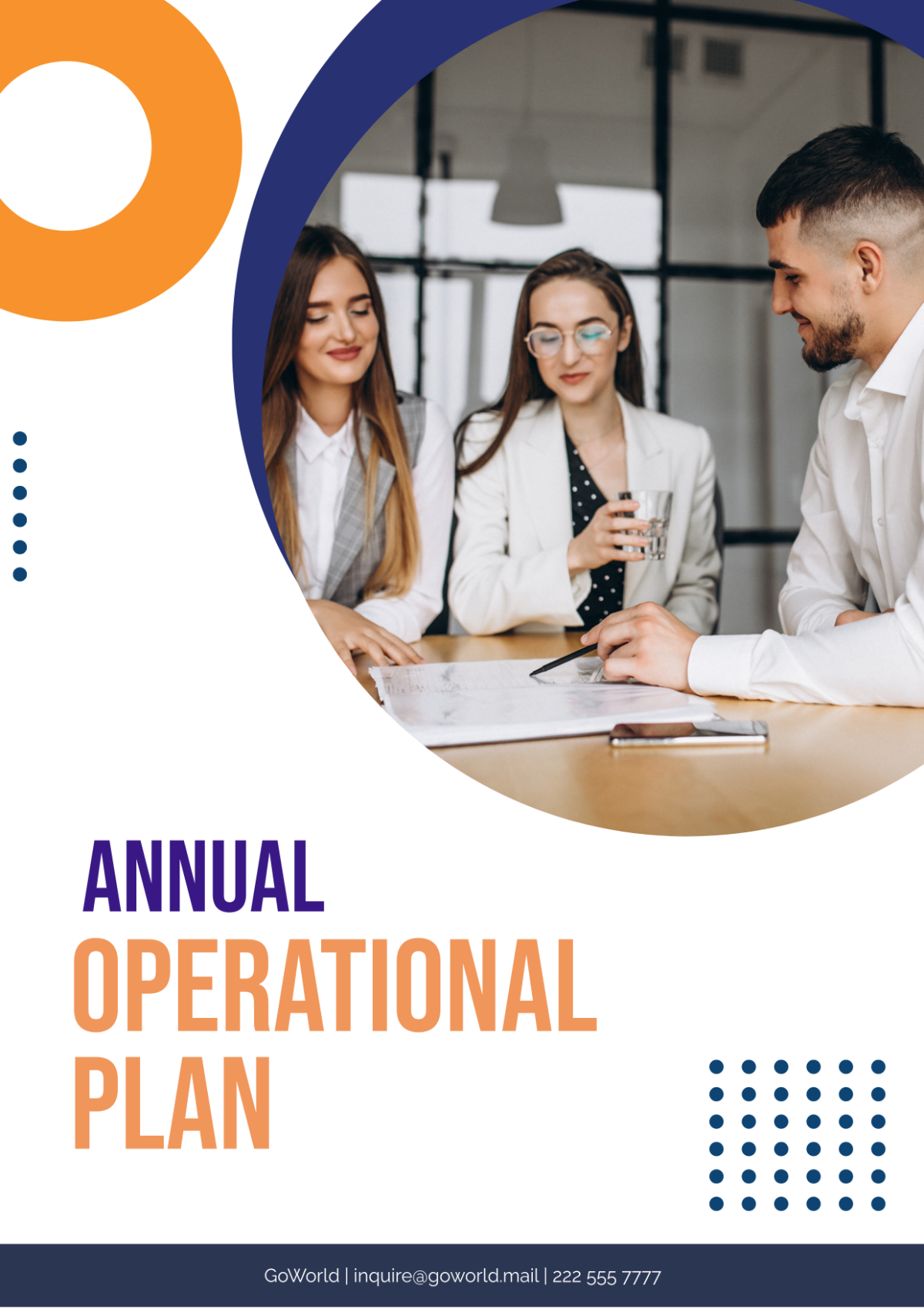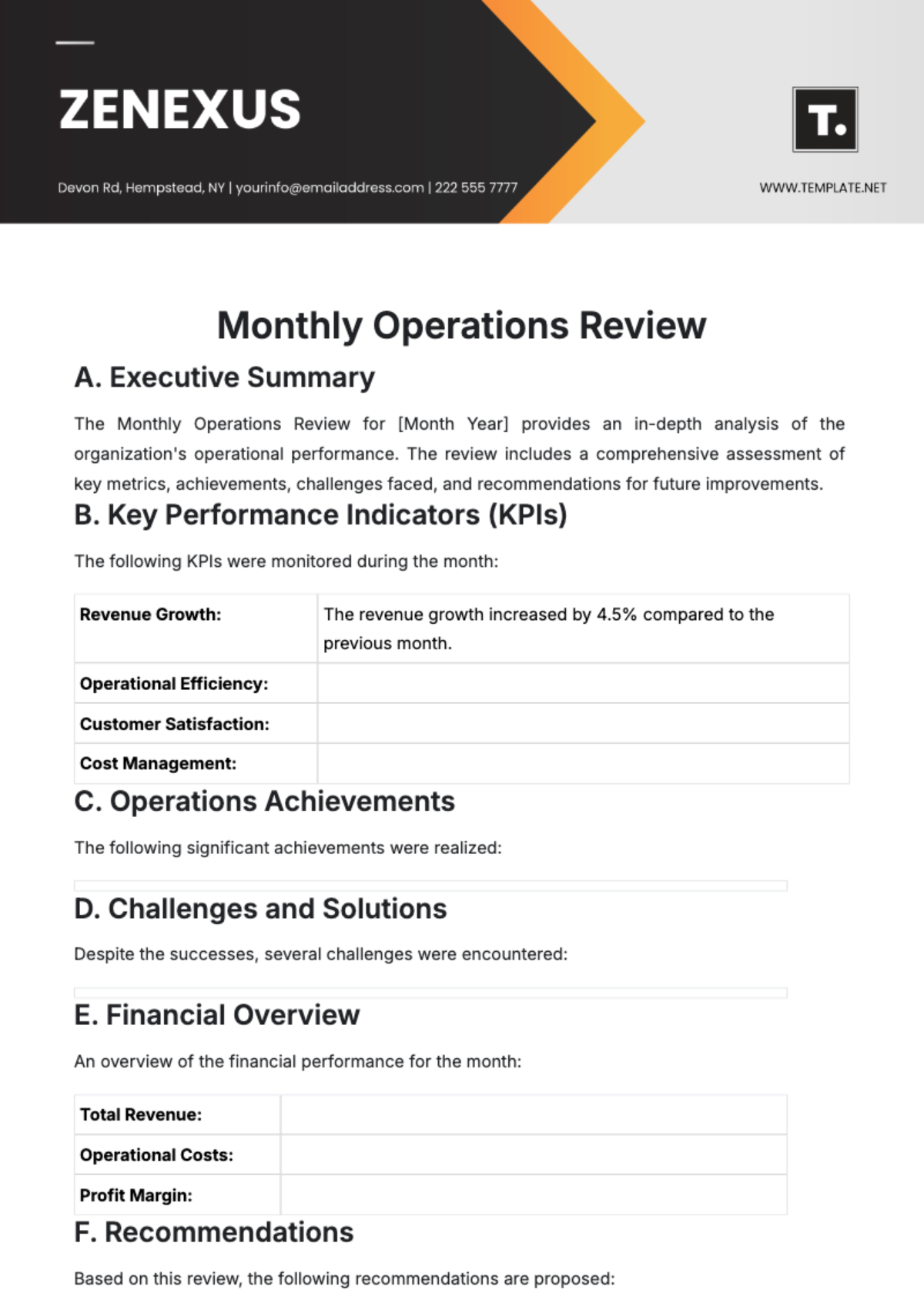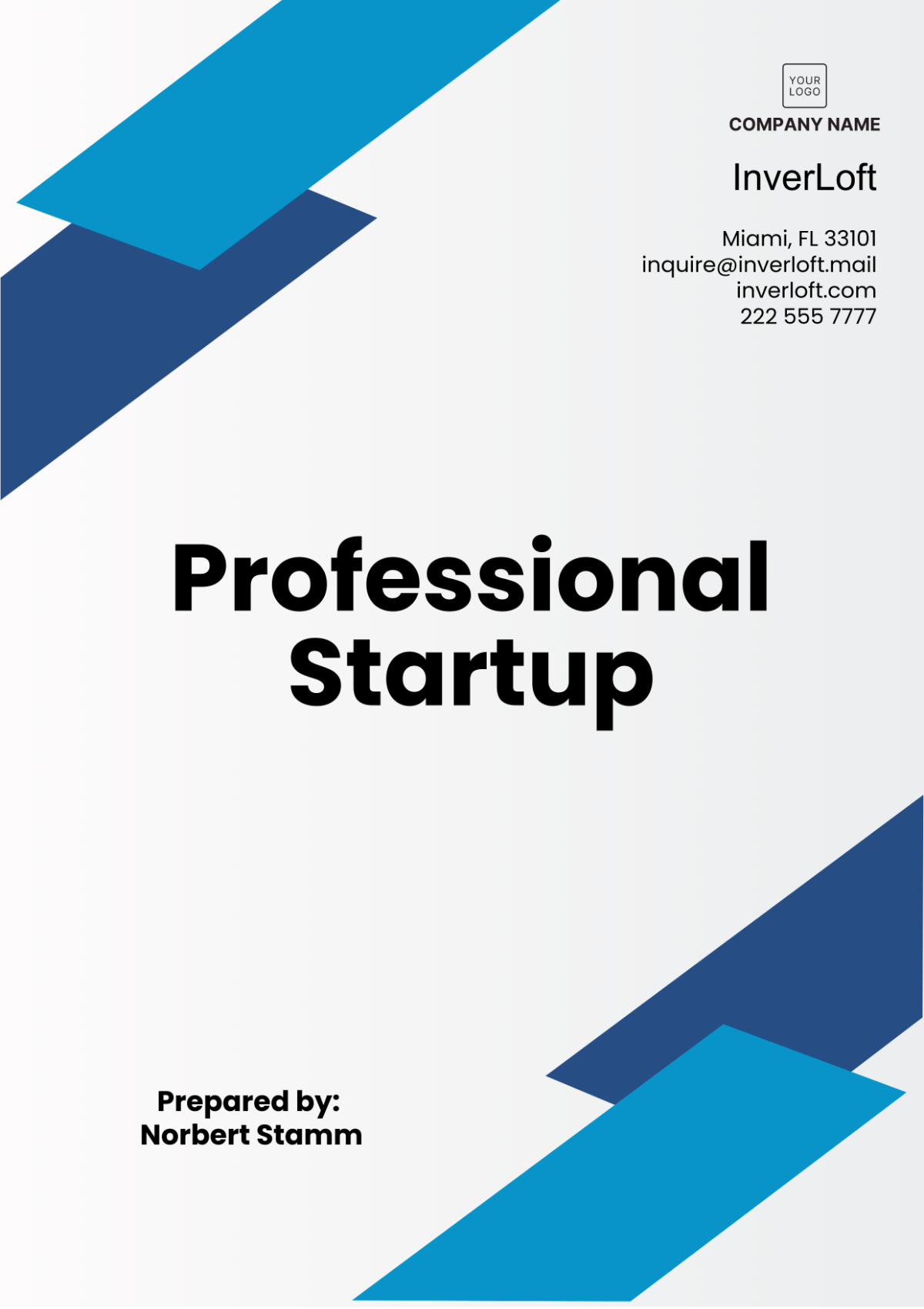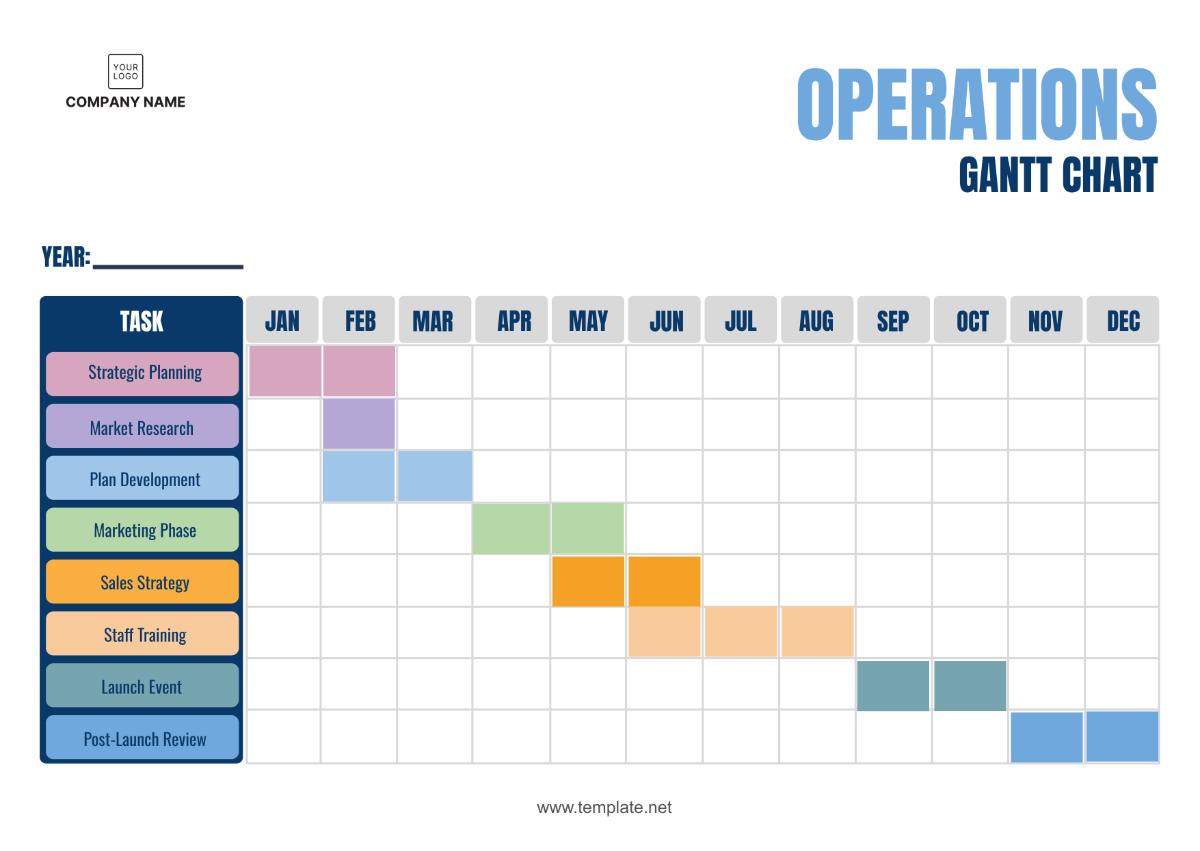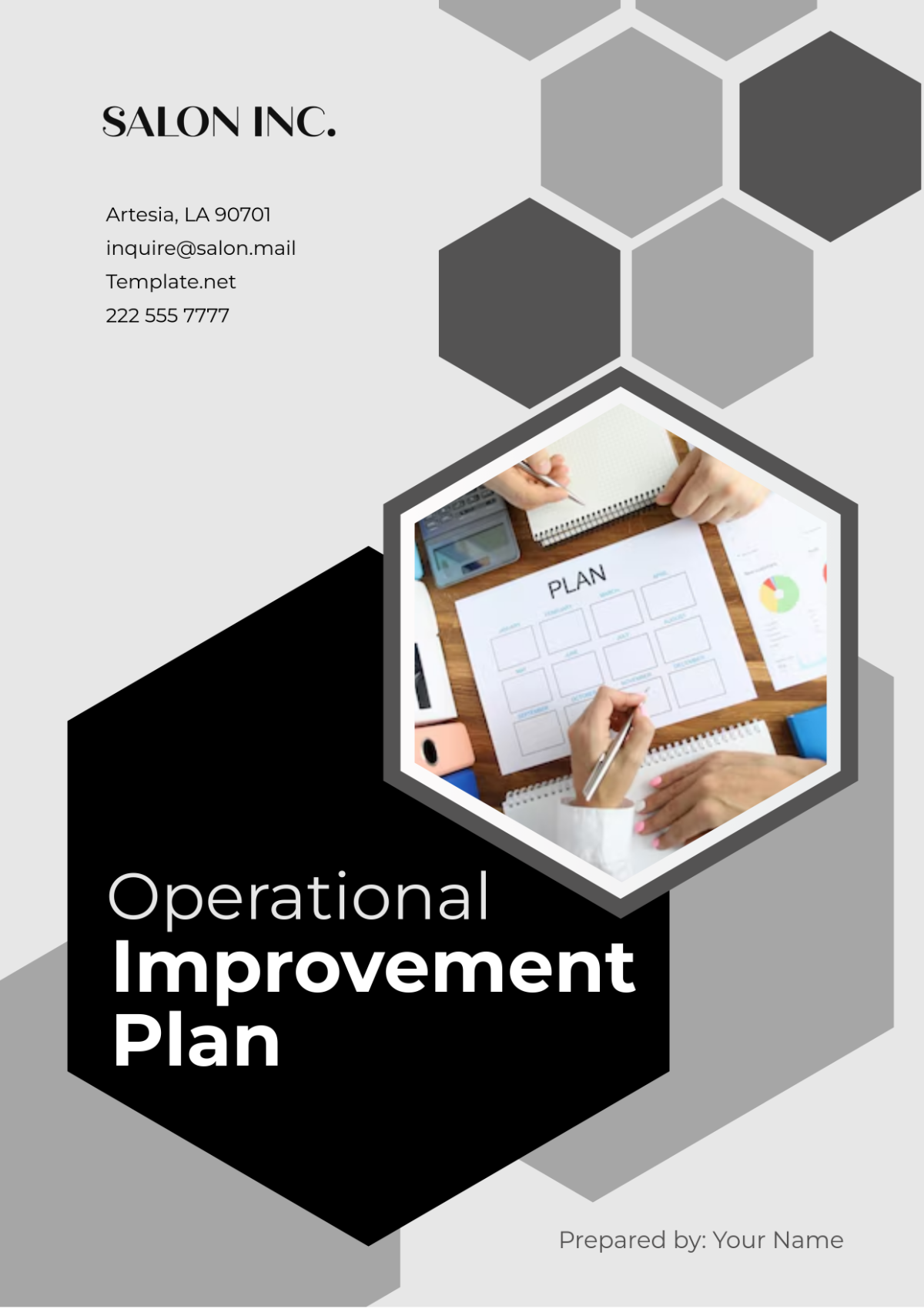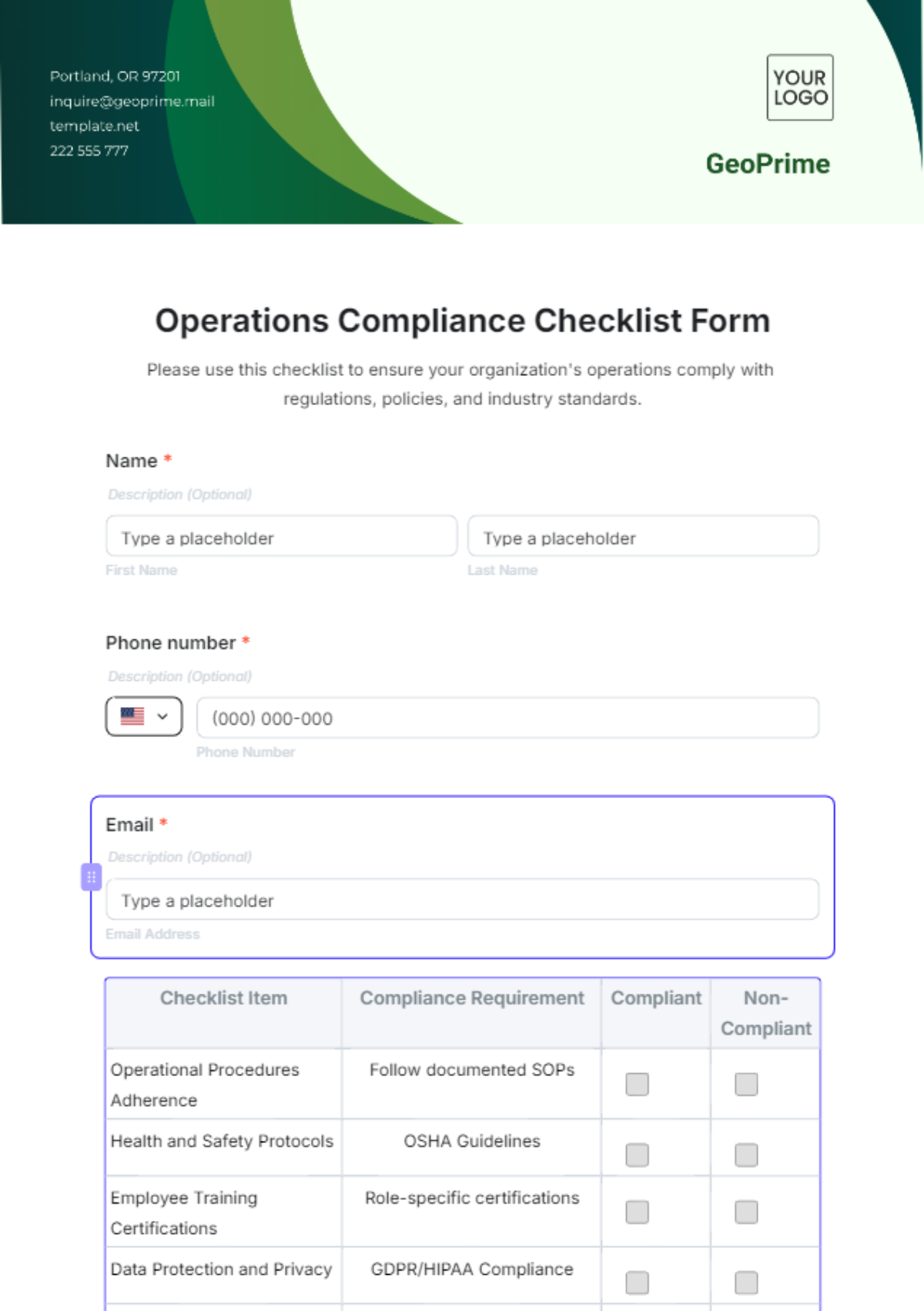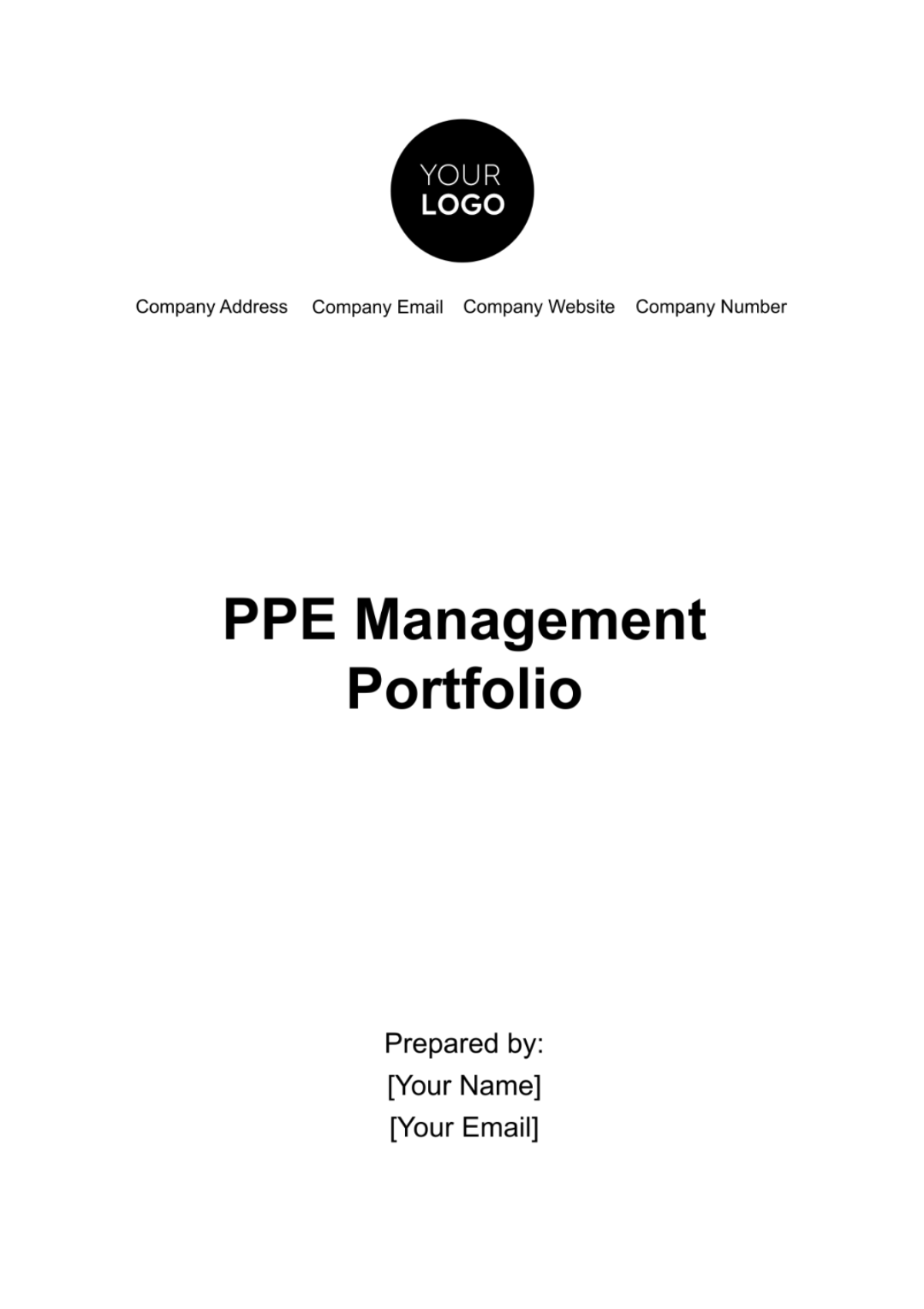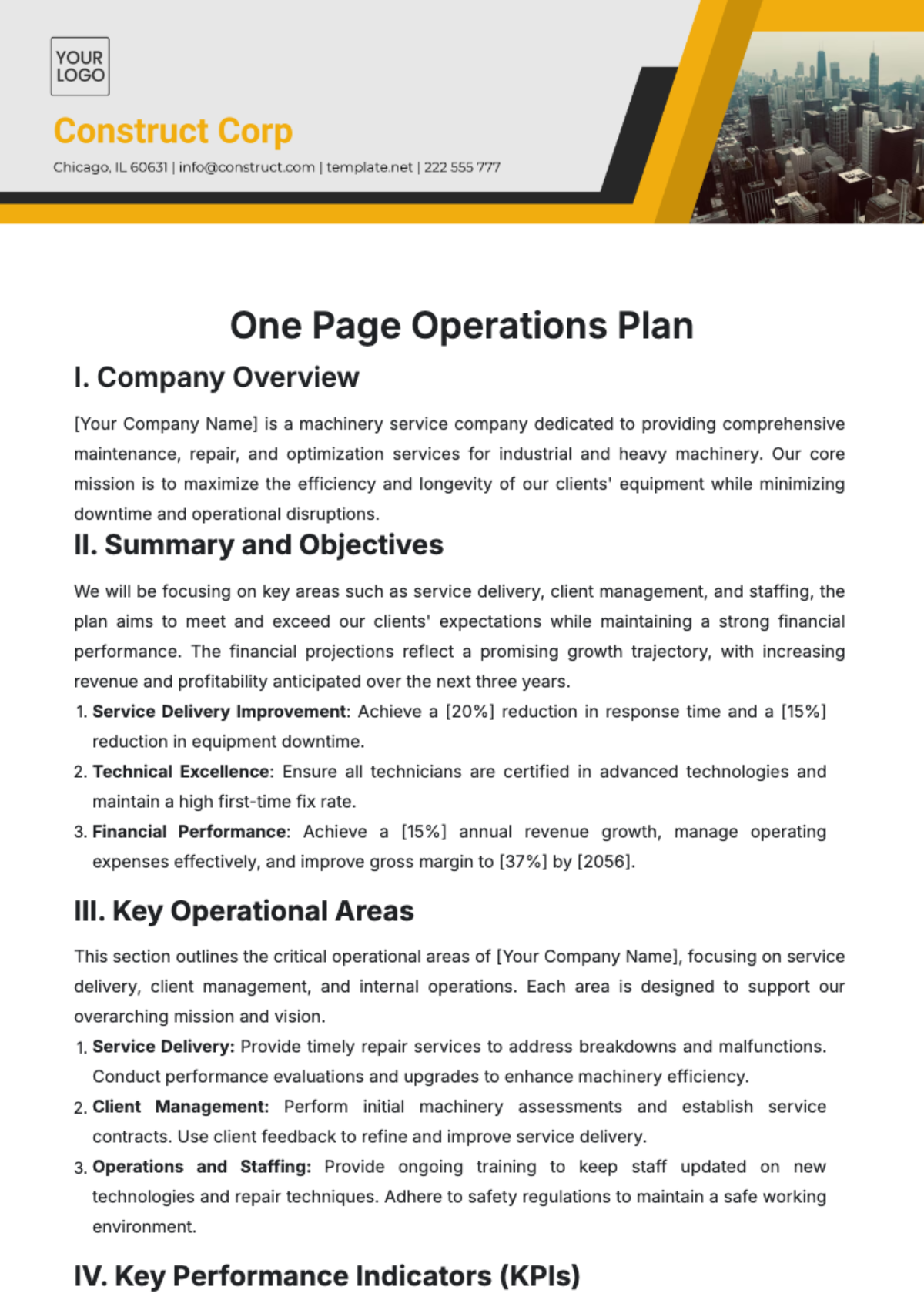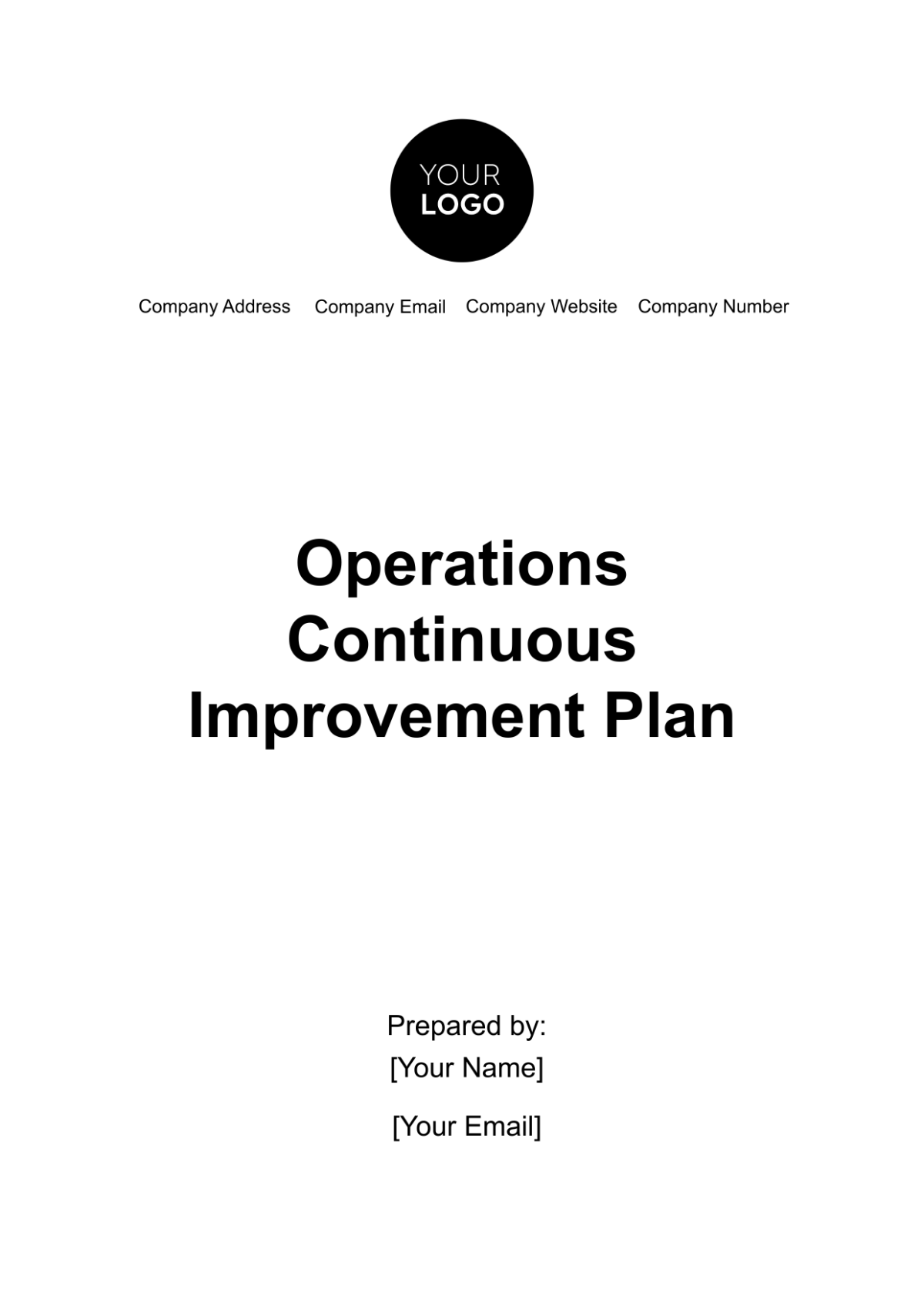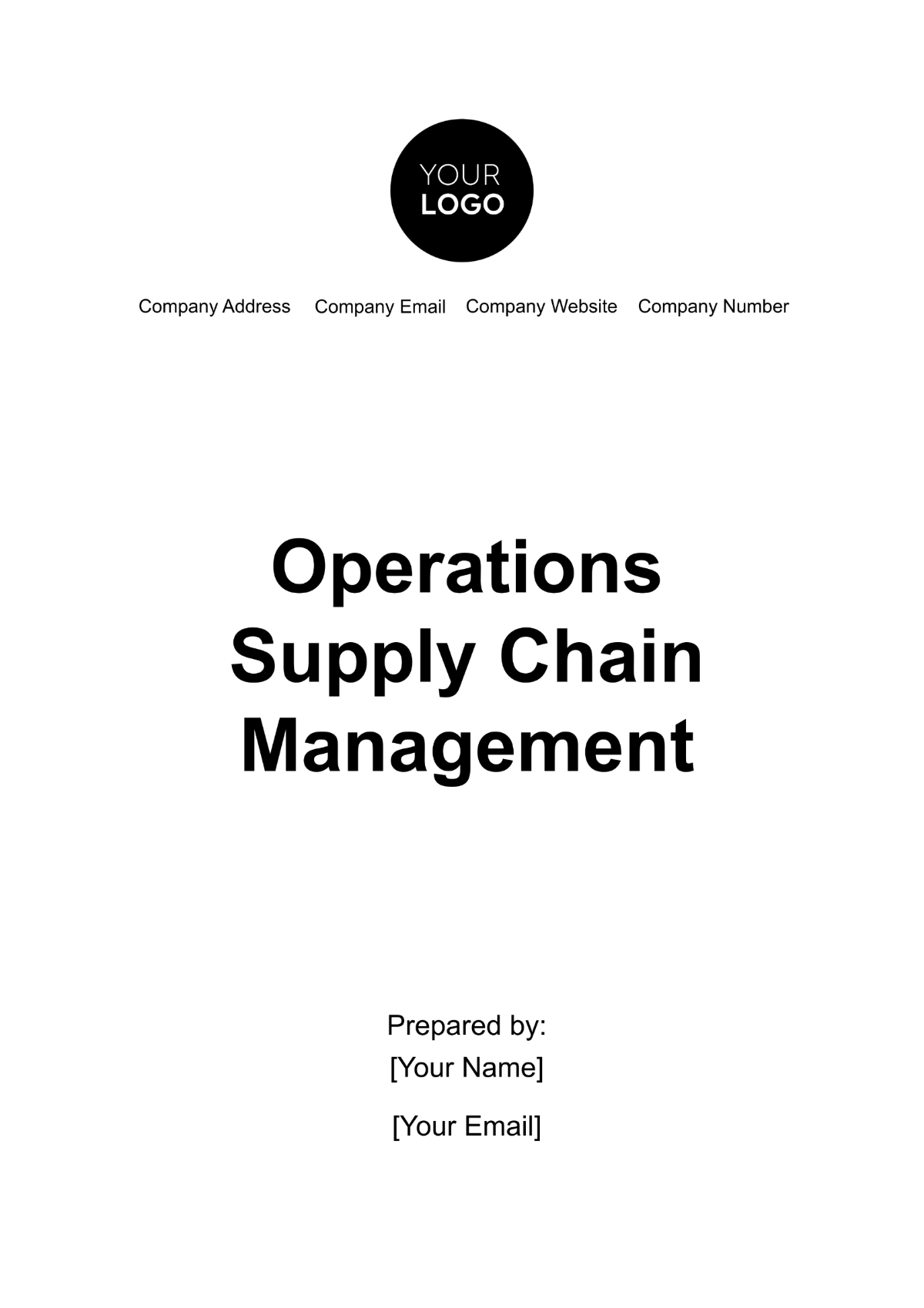Operations Leadership Development Guide
1. Understanding Operations Leadership
Embodying effective operations leadership is paramount for managers aiming to transcend beyond the mere oversight of daily tasks. This section delves into the foundational pillars crucial for navigating organizational complexities, fostering a culture of excellence, and driving sustainable growth. It explores the essence of honing problem-solving aptitude, boosting decision-making abilities, enhancing strategic planning, and improving communication techniques. Each aspect is vital for developing a robust leadership framework that is adaptable, forward-thinking, and capable of inspiring teams to achieve collective objectives.
Unearth Effective Leadership Skills
Developing effective leadership skills is the cornerstone of exceptional operations management. It involves a comprehensive understanding and application of strategies that enable leaders to navigate through challenges with agility and foresight. This sub-section focuses on equipping leaders with the tools necessary for dissecting complex issues, making informed decisions, crafting long-term strategies, and communicating effectively. By mastering these skills, operations leaders ensure the smooth functioning of organizational processes, foster innovation, and drive the achievement of strategic goals.
Cultivate Problem-Solving Aptitude
Problem-solving is an indispensable skill for operations leaders, necessitating a keen ability to analyze situations, identify underlying issues, and implement effective solutions. This sub-section emphasizes the importance of developing a methodical approach to problem-solving that encompasses critical thinking, creativity, and the application of analytical tools. By cultivating a strong problem-solving aptitude, leaders can enhance operational efficiency, mitigate risks, and navigate the complexities of the business landscape with confidence and precision.
Boost Decision-Making Abilities
Decision-making is at the heart of operations leadership, requiring a delicate balance between intuition, analysis, and strategic foresight. This sub-section outlines strategies for enhancing decision-making capabilities, focusing on gathering relevant information, assessing risks and benefits, and making choices that align with the organization's long-term vision. Strengthening decision-making abilities empowers leaders to navigate uncertainties, capitalize on opportunities, and steer their teams toward success in a dynamic business environment.
Enhance Strategic Planning
Strategic planning is critical for setting the direction of an organization and ensuring its long-term success. This sub-section discusses the importance of developing a forward-looking perspective, understanding market dynamics, and aligning organizational capabilities with strategic objectives. By enhancing strategic planning skills, operations leaders can formulate robust strategies that drive innovation, adapt to changing market conditions, and secure a competitive advantage.
Improve Communication Techniques
Effective communication is the linchpin of successful leadership, enabling the clear articulation of ideas, expectations, and feedback. This sub-section explores techniques for improving communication skills, including active listening, clear messaging, and the use of persuasive language. By mastering the art of communication, operations leaders can foster a culture of transparency, collaboration, and mutual respect within their teams, enhancing overall organizational performance.
2. Developmental Frameworks in Operations Leadership
Adopting a multifaceted approach to leadership development is paramount. Understanding and integrating various developmental frameworks into your leadership style can significantly elevate your effectiveness and adaptability. This section unravels the essence of integrating varied leadership frameworks into your style, aiming to amplify your effectiveness and adaptability. By exploring situational, servant, transformational, demographic, and participative leadership models, we provide a blueprint for creating a flexible, inclusive, and innovative organizational culture. These frameworks collectively contribute to a leadership ethos that not only addresses the immediate needs of the team but also aligns with long-term organizational goals, fostering an environment of continuous improvement and shared success.
Framework | Description |
|---|---|
Situational Leadership | Embrace a dynamic leadership style that adjusts to the specific context and individual needs, promoting a flexible and responsive organizational culture. |
Servant Leadership | Prioritize the growth and well-being of your team members, cultivating an environment where service to others is the cornerstone of leadership success. |
Transformational Leadership | Inspire and motivate your team to exceed their own expectations, fostering a culture of innovation, change, and collective achievement. |
Demographic Leadership | Recognize and leverage the diverse demographic factors within your team and organization, enhancing inclusivity and understanding in your leadership approach. |
Participative Leadership | Actively involve team members in the decision-making process, bolstering engagement, ownership, and collaboration. |
3. Mastering Leadership Techniques
Mastering an array of leadership techniques is fundamental to navigating the multifaceted challenges and opportunities that leaders encounter daily. This section highlights the critical importance of continuous learning, active listening, clear communication, conflict resolution, and emotional intelligence in shaping leaders who are not only effective in their roles but also inspirational to their teams. By embedding these techniques into their leadership practice, operations managers can foster an environment of growth, collaboration, and resilience, thereby driving their teams and organizations towards excellence and innovation.
A. Active Listening
Active listening is a cornerstone of effective leadership, enabling managers to truly understand and connect with their team members. This sub-section discusses strategies for enhancing listening skills, such as focusing attentively, asking insightful questions, and providing feedback that acknowledges and builds upon team members' contributions. By fostering an environment where every voice is heard and valued, leaders can encourage open dialogue and collaborative problem-solving, leading to more innovative and effective outcomes.
Strategy | Description | Implementation Tips |
|---|---|---|
Focused Attention | Giving full attention to the speaker without distractions. | Turn off electronic devices, maintain eye contact, and position your body towards the speaker. |
Insightful Questions | Asking questions that delve deeper into the subject matter. | Use open-ended questions to encourage detailed responses, such as "Can you tell me more about...?" |
Reflective Feedback | Providing feedback that shows understanding and builds upon the conversation. | Paraphrase what was said to confirm understanding, and ask follow-up questions to delve deeper. |
Encouraging Open Dialogue | Creating an environment where team members feel comfortable sharing their ideas. | Regularly invite team members to share their thoughts in meetings and one-on-one conversations. |
Valuing Contributions | Acknowledging and appreciating the contributions of team members. | Recognize the effort and ideas of team members publicly and privately to encourage further participation. |
B. Clear Communication
Clear communication is essential for conveying vision, setting expectations, and providing direction. This sub-section explores techniques for improving communication clarity and effectiveness, including the use of simple language, structured messaging, and regular updates. By ensuring that communication is purposeful and transparent, leaders can eliminate misunderstandings, align team efforts with organizational goals, and boost morale and productivity.
Technique | Description | Application Methods |
|---|---|---|
Simple Language | Using straightforward and clear language. | Avoid jargon and complex terms when simple words will do. |
Structured Messaging | Organizing information logically and coherently. | Use bullet points or numbered lists for clarity and to highlight key points. |
Regular Updates | Keeping team members informed about developments and changes. | Schedule regular meetings or send newsletters to update the team on important information. |
Purposeful Communication | Ensuring every message has a clear objective. | Before communicating, define the purpose and desired outcome of the message. |
Transparent Feedback | Providing open and honest feedback. | Offer constructive criticism and positive reinforcement to guide and motivate team members. |
C. Conflict Resolution
Conflict resolution involves developing and implementing strategies to address and mitigate conflicts in a constructive manner. This sub-section highlights the importance of identifying the root causes of conflicts, facilitating open discussions, and negotiating solutions that respect all parties' perspectives. Effective conflict resolution promotes a harmonious workplace, enhances team dynamics, and maintains focus on organizational objectives.
Component | Description | Techniques for Resolution |
|---|---|---|
Root Cause Identification | Determining the underlying issues causing the conflict. | Use techniques like the "Five Whys" to drill down to the core issue. |
Open Discussions | Facilitating dialogue between conflicting parties. | Create a safe environment for each party to express their views without judgment. |
Negotiating Solutions | Working towards a compromise that respects all parties. | Employ win-win negotiation strategies to find solutions that satisfy everyone's needs. |
Promoting Harmony | Maintaining a positive and cooperative team atmosphere. | Foster a culture of respect, understanding, and mutual support among team members. |
Continuous Monitoring | Keeping an eye on the resolution's effectiveness and team dynamics. | Follow up on conflict resolutions to ensure the agreement is upheld and to prevent recurrence. |
D. Emotional Intelligence
Emotional intelligence is the ability to perceive, understand, manage, and use emotions effectively in interactions with others. This sub-section delves into the ways operations managers can cultivate emotional intelligence, including self-awareness, empathy, and self-regulation. By enhancing their emotional intelligence, leaders can build strong relationships with their team members, navigate interpersonal dynamics with finesse, and foster a supportive and cohesive team environment.
Aspect | Description | Ways to Enhance |
|---|---|---|
Self-Awareness | Recognizing your own emotions and their impact on others. | Reflect regularly on your reactions and seek feedback from trusted colleagues. |
Empathy | Understanding and sharing the feelings of others. | Practice active listening and put yourself in others' shoes to better understand their perspectives. |
Self-Regulation | Managing your emotions in a healthy way. | Develop strategies for coping with stress and emotional triggers, such as mindfulness or deep breathing exercises. |
Relationship Management | Building and maintaining healthy relationships. | Communicate openly, acknowledge others' contributions, and address conflicts promptly. |
Social Skills | Navigating social interactions effectively. | Enhance your communication skills, practice conflict resolution, and participate in team-building activities. |
4. Leadership Development Roadmap
This section lays out a structured Leadership Development Roadmap, designed to guide aspiring leaders through the essential stages of self-assessment, vision development, goal setting, implementation of strategies, and regular review and calibration. By following this roadmap, you will not only enhance your leadership skills but also align your personal growth with the overarching goals of your organization, ensuring a cohesive journey towards effective leadership.
1. Self-Assessment
The first milestone on the leadership development roadmap involves conducting a comprehensive self-assessment. This process enables you to gain a deep understanding of your current leadership capabilities, pinpointing areas of strength and identifying opportunities for growth. By leveraging tools such as feedback surveys, personality assessments, and reflective practices, you embark on a journey of self-discovery that lays the groundwork for targeted development.
Activity | Tools | Purpose |
|---|---|---|
Identify Strengths and Weaknesses | Feedback Surveys, Personality Assessments | To understand current leadership capabilities and areas for improvement. |
Reflect on Leadership Experiences | Reflective Journaling, Coaching Sessions | To gain insights into leadership style and effectiveness. |
Assess Leadership Skills | 360-Degree Feedback, Skill Assessment Tests | To gather comprehensive feedback from peers, subordinates, and superiors on leadership performance. |
2. Developing a Vision
Crafting a compelling vision for your leadership journey is crucial for setting a clear direction and purpose. This vision should encapsulate the impact you aspire to have within your organization and the legacy you wish to leave. It serves as a guiding light, motivating you to push boundaries and strive for excellence. Developing a vision involves introspection, understanding organizational needs, and aligning your personal aspirations with the strategic objectives of your organization.
Step | Strategy | Outcome |
|---|---|---|
Introspection | Reflective Practices, Meditation | Clear understanding of personal values and aspirations. |
Organizational Alignment | Strategic Planning Sessions, Stakeholder Interviews | A vision that aligns personal goals with organizational objectives. |
Vision Statement Creation | Vision Workshops, Leadership Retreats | A concise and compelling vision statement that guides leadership development. |
3. Goal Setting
With a clear vision in place, the next step is to establish SMART (Specific, Measurable, Achievable, Relevant, Time-bound) goals. These goals should be designed to systematically address the areas for development identified during your self-assessment, guiding your progress towards your envisioned future. Effective goal setting involves breaking down your vision into actionable steps, prioritizing initiatives, and setting timelines that ensure a steady pace of advancement.
Process | Method | Example |
|---|---|---|
Specificity | Define clear, concrete objectives | Increase team productivity by 20% within the next year. |
Measurability | Establish criteria for measuring progress | Track monthly productivity rates and compare against baseline. |
Achievability | Ensure goals are realistic and attainable | Assess current resources and capabilities to meet the productivity increase. |
Relevance | Align goals with broader organizational objectives | Link productivity increase to overall business growth targets. |
Time-bound | Set deadlines for goal achievement | Set quarterly milestones to reach the annual productivity goal. |
4. Implementation
The implementation stage is where your plans are put into action. This involves actively pursuing your development goals through targeted learning initiatives, skill-building activities, and practical application of new knowledge in your leadership role. Implementation may include attending leadership workshops, seeking mentorship, taking on challenging projects, and applying new strategies in your day-to-day management practices. It's a phase of active growth, experimentation, and learning from experiences.
Action | Means | Description |
|---|---|---|
Learning Initiatives | Online Courses, Workshops | Enroll in leadership development programs relevant to identified areas for growth. |
Skill-Building Activities | Project Leadership, Role-Playing Exercises | Take on new projects that challenge existing skills and require new ones. |
Application of Knowledge | Mentoring, Feedback Implementation | Apply new strategies in real-world scenarios and adjust based on feedback. |
5. Review and Calibration
Regular review and calibration are essential for gauging your progress, reflecting on your experiences, and making necessary adjustments to your development plan. This stage involves revisiting your goals and strategies, assessing achievements, and identifying any gaps or new opportunities for growth. By regularly evaluating your journey, you ensure that your development remains aligned with your vision and the evolving needs of your organization, allowing for dynamic growth and continuous improvement in your leadership capabilities.
Activity | Tool | Purpose |
|---|---|---|
Progress Evaluation | Performance Metrics, Goal Tracking Sheets | To measure achievements against set goals and objectives. |
Reflect on Experiences | Reflective Journaling, Feedback Sessions | To derive lessons from experiences and understand areas needing adjustment. |
Plan Adjustment | Development Plan Revisions, Strategy Meetings | To realign development plans with current needs and future aspirations. |
5. Enhancing Your Leadership Brand
Your leadership brand symbolizes your unique identity as a leader, showcasing your core values, strengths, and the distinctive contributions you offer to your organization. It's about aligning your personal and professional identity in a way that resonates authenticity and drives impact. By understanding the essence of who you are as a leader, consistently acting in harmony with your values, and effectively communicating your vision, you can inspire and influence those around you, forging a path of inspirational leadership.
A. Understanding Your Identity
The foundation of a compelling leadership brand lies in a profound understanding of your personal and professional identity. This involves introspection and self-reflection to identify what you stand for, what drives you, and what makes your leadership approach unique. Recognizing your core values and how they align with your organization’s mission and culture is pivotal. It's about embracing your strengths and acknowledging areas for growth, thereby crafting a leadership identity that is both authentic and aspirational.
B. Demonstrating Your Values
A leadership brand is not just about what you say but, more importantly, what you do. Consistently demonstrating your values through your actions is crucial in building trust and credibility with your team and stakeholders. This means making decisions that reflect your principles, leading by example, and being accountable for your actions. Your behavior and the way you handle challenges and opportunities serve as a powerful testament to your leadership brand, influencing how you are perceived and respected within your organization.
C. Communicating Your Vision
Effective communication is the linchpin in enhancing your leadership brand. It involves clearly articulating your vision, goals, and expectations in a way that motivates and galvanizes your team. But beyond mere articulation, it's about engaging in meaningful conversations that foster a shared understanding and commitment to the organizational vision. Through strategic storytelling, active listening, and open dialogue, you can inspire those around you, driving collective action towards achieving common goals. Your ability to communicate with impact not only strengthens your leadership brand but also enhances your team’s cohesion and performance.
6. Conclusion
The journey toward exemplary operations leadership is both demanding and rewarding, requiring a steadfast commitment to personal and professional development. This Operations Leadership Development Guide has been meticulously crafted to act as an indispensable resource for both aspiring and seasoned operations managers striving to elevate their leadership acumen. By diligently applying the principles, frameworks, and techniques detailed within these pages, you position yourself at the forefront of effective leadership within the realm of operations management.
Leadership transcends the confines of mere role fulfillment; it is an ongoing journey of growth, learning, and adaptation. The path to becoming a transformative leader in your operations role is paved with continuous self-improvement, strategic thinking, and the relentless pursuit of excellence. As you navigate this journey, remember that each step taken is a building block towards enhancing your leadership capabilities and amplifying the impact you can have on your organization and its people.
Embrace this journey with an open mind and a resilient spirit. The challenges you encounter along the way are not obstacles but opportunities to refine your leadership skills and deepen your understanding of effective operations management. Leadership is not merely about reaching a destination but about the insights gained, the relationships built, and the legacy left in your wake.
As you move forward, let this guide be your compass, steering you towards actionable strategies and insights that foster a culture of leadership excellence. The principles, frameworks, and techniques outlined herein are more than just concepts; they are tools to be wielded with precision and care in your quest to become a leader who inspires, motivates, and drives meaningful change.
Therefore, let this guide serve as a reminder that the essence of leadership lies in the continuous journey of self-discovery, strategic innovation, and the relentless pursuit of impacting those around you positively. Your journey as an operations leader is unique, filled with potential to mold the future of your organization. Embrace it with confidence, knowing that with each step, you are contributing to a legacy of leadership that transcends the immediate horizon, setting the stage for enduring success and organizational excellence.
